Stuff We Like :: 10.19.18
Our new favorite Halloween readaloud, the costs of social media, children’s books by famous authors, and more stuff we like.
I’ve always been a little bit of an overachiever. And while I complain about it sometimes, I’ve always been secretly glad that I’m good at balancing a lot of things at once. (I have posted about some of the ways I make my full-time job and full-time homeschooling balance in the past.) This year, though, I have reached my limits, and I have no balance at all. I’ve never been behind for long, and now I can’t seem to catch up. It’s pretty humbling, and it’s a good exercise in saying no and letting go of things that aren’t important, two things I am definitely not very good at. I’m embarrassed and frustrated — but I’m trying to model what I’d want my kids to do in the same situation. It’s not easy.
What’s happening at home/school/life
Sometimes, a new homeschooler sends me an email, and I email back, and our email turns into something like a friendship. It’s always lovely when this happens because one of the things that can happen in that first year of homeschooling, after the initial what-am-I-doing? wears off but before you’ve found your places and your people, homeschooling can be surprisingly lonely. I remember the people who reached out to me in those early, lonely days of my own homeschool life and how they felt like a lifeline. I love that I get to pay it forward a little bit with other people. (And I promise that it really does get better.)
This week: Amy’s Library Chicken game is more like Library Turtle, but it’s chugging along. (And hey, this week I got to early-vote while I was there!)
Last week: Maybe you need some ideas for your Halloween reading list
Last year: How to catch up when you’re academically behind
Two years ago: Tips for homeschooling through a move
Three years ago: When people say “homeschooling must be really hard”
Four years ago: Lisa’s salon school
Links I Liked
Nic Stone’s letter to her younger self made me weepy in all the best ways.
I get a lot of good stuff from social media, but I also lose a lot — the comparison here between social media and the witch’s candy house feels spot-on to me. I’m not sure I’m ready to pull the plug on Facebook, but I have been plugging in a lot less frequently, and I find that I’m a lot happier and more present in my everyday life.
These voter purges are terrifying. What is even happening?
Relevant to my interests: 10 little-known children’s books by famous authors
Now I want to go read everything by Margaret Cavendish.
Things I Didn’t Know But Now I Do
Dante Gabriel Rossetti had two pet wombats. He was so sad when one of them died that he wrote a poem (a nod to Thomas Moore):
I have never reared a young Wombat
To glad me with his pin-hole eye
But when he was most sweet and fat
And Tail-less; he was sure to die!The grassroots activism happening in the United States in 1868 was amazing. Why don’t we talk about that when we talk about Reconstruction?
In 1900, the Brooklyn Public Library Association proposed “to build a seaside rest home for those [female librarians] who had broken down in library service.”
Archaeologists have found a medieval board game that dates back to the 7th or 8th century C.E. (And you can still play it today.)
There is a female, Japanese Sherlock Holmes adaptation, and I AM SO IN.
What’s making me happy
An 18th century kid’s doodle of a chicken in pants from the margins of his math practice
The Figa: fig vodka, Earl Grey, and tangerine juice
These super-cute tumblers
Betrayal at the House on the Hill
Castle Hangnail — our new favorite Halloween readaloud
(We’re Amazon affiliates, so if you purchase something through an Amazon link, we may receive a small percentage of the sale. Obviously this doesn’t influence what we recommend, and we link to places other than Amazon.)
Stuff We Like :: 10.12.18
Children’s book protagonists grow up (with bonus Matilda!), lots of knitting, great Halloween readaloud ideas, and more stuff we like.
It’s so crazy to think that my daughter is a junior this year — we’re logging college visits, flagging schools in Colleges That Change Lives, and trying to make the most of every single minute. When we started homeschooling, she was in second grade, and I definitely didn’t think we’d keep doing it all through high school. Now I can’t imagine what else we would have done — this has been so exactly the right fit for her and for us. But I’m glad her brother is still several years behind her.
What’s Happening at home/school/life
Our nerdy Halloween costume Pinterest board, 5 spooky writing exercises for your little monsters
Amy’s Library Chicken score creeps up with middle grades horror, YA superhero romance, and some old-school comfort books.
one year ago: Is it possible to homeschool and be a working mom? Also: 6 curriculum shopping tips that will help you make the most of your budget
two years ago: Shelli’s daily routine. Plus: A citizen science project that’s all about bugs
three years ago: Studying the solar system. Also: The introvert’s guide to making homeschool friends
four years ago: How to talk about homeschooling so that people will listen
Links I Liked
I think this is part of why I’ve struggled so much with the last couple of weeks: The cruelty is intentional. It’s the point. And if that’s true — where do we go from there?
… Maybe to our favorite children’s book heroes, whose imagined futures seem happily bright. (Peter’s is so perfect!)
Similarly: Mara Wilson on Matilda at 30. They are both perfect, too. And of course Matilda would be a librarian! Don’t all librarians have super powers?
And finally: You may have already seen this Helm’s Deep battle scene made out of Legos, but it is too amazing not to share.
What’s making me happy
I wish I could write a thank-you letter to the my-size Dansko wearer who donates shoes to my local thrift shop because now I get to wear these.
The new Doctor Who
This shawl I’m knitting for part of a Twin Peaks themed birthday present
This sweater I’m knitting for my daughter in this yarn
(We’re Amazon affiliates, so if you purchase something through an Amazon link, we may receive a small percentage of the sale. Obviously this doesn’t influence what we recommend, and we link to places other than Amazon.)
Amy’s Library Chicken :: 10.7.18
This week’s library chicken is heavy on comfort reading, plus a little middle grades horror, some snarky steampunk, and a little YA superhero romance.
My best friend and I have had to keep reminding each other these last couple of weeks that the good that can come out of terrible things is change. I have the poem “The Place Where We Are Right” by Yehuda Amichai taped over my desk, and I read these lines over and over again:
The place where we are right
is hard and trampled
like a yard.
But doubts and loves
dig up the world
like a mole, a plough.
Which is a longish and perhaps overly abstract introduction to a reading list, but my reading life has been compromised by my emotional life. I find myself avoiding hard books — books that are emotionally complicated — in favor of objective history or comforting books that I can count on to leave me in a good space. I have a giant stack of books that I really want to read that I just can’t seem to read right now.
The Blue Castle by L.M.Montgomery
I have read this so many times I have stopped counting, but it is one of my go-to comfort books. If you’ve only read Montgomery’s Anne books, this one may surprise you: Valancy Stirling is an old maid who has lived all 29 years of her life under the thumb of her controlling family. Valancy isn’t particularly smart or pretty or interesting, and she’s not a particularly pleasant person to be around either — her internal monologues are all recountings of minor insults and injuries that she’s piled up over the years. She’s well on her way to being a bitter, unhappy old woman — until a trip to a specialist informs her that she’s not likely to get much older. Valancy decided to shake up her life completely, and the results are so satisfying.
(LC score: +0, read it on my Kindle)
The Supervillain and Me by Danielle Banas
This is pure frothy fun if you’re into that kind of thing: Abby knows all about the superhero/secret identity thing because her brother is the Red Comet, but she’s not prepared to start crushing on the town’s new vigilante supervillain, even though he does (literally) swoop in and save her from a dire situation. A lot of the twists are a bit predictable (sometimes the bad guys are really the good guys!), but there’s also a lot of good stuff going on, especially Abby’s developing realization that literal superpowers aren’t the only way to be a hero. If this sounds like the kind of thing you’d enjoy, it probably is — and it’s probably a little smarter and funnier than you expected, which is always a nice plus.
(LC score: +0, advance reader copy)
The Darkdeep by Ally Condie and Brendan Reichs
This seems to have gotten good reviews, so take my review with a grain of salt, but I didn’t love this: It’s supposed to be a spooky, atmospheric cautionary tale about secrets and desire set on a mysterious houseboat in a mysterious cove. People are comparing it to Stranger Things, but other than the fact that it’s a horror story about a group of kids, I don’t see the connection. It definitely checked the boxes for middle grades scary, but there were long stretches where it was scary without being exciting, which — for me — equalled boring. I think this might be a hit with some middle grades readers who like thrills and chills, but it doesn’t feel like a book that will end up with a permanent spot on library shelves, if that makes sense. Or I could be crazy and totally missing the (creepy haunted) boat. I don’t know — I’m reading through other people’s reviews, and I feel like I just didn't get it.
(LC score: +0, advance reader copy)
The Inventors at No. 8 by A.M. Morgen
Now this middle grades book I found delightful. George, the third Lord of Devonshire, is the unluckiest boy in London — but that may be about to change, thanks to his new neighbor, the young Ada Lovelace. (This is a digression, but I love how the world has rediscovered the awesomeness of Ada Lovelace over the past five years. Yay for feminist historians!) George and Ada set off in Ada’s flying machine — along with the son of an infamous pirate and a pet orangutan — to change George’s luck and — maybe — the world. Think of it as a steampunk-y Lemony Snicket-y quest story, and settle in for a fun ride.
(LC score: +0, advance reader copy)
The Casual Vacancy by J.K. Rowling
I’ve been meaning to read this in the hopes that it would turn out to be my much-needed new murder mystery fix, and it definitely wasn’t that. (It’s not a murder mystery at all — did I just dream that it was supposed to be a mystery?) It was a good read, though — it’s more of a series of character studies set in an English village whose superficial bucolic charm is underlaid with class tensions, family squabbles, and marital discord. It’s definitely not a bit Harry Potter-ish, which isn’t really surprising considering the subject matter, but Rowling is a good writer with an eye for detail, and there’s a lot to unpack here. I think I would have liked it more if I had known going in that it wasn’t actually a mystery — though if I had known that, I probably wouldn’t have read it!
(LC score: +1)
How Lovely the Ruins: Inspirational Poems and Words for Difficult Times edited by Annie Chagnot and Emi Ikkanda
I find poetry infinitely comforting these days (obviously, since I can’t stop turning back to it), and this book was particularly balm-ish for my soul. It’s a lovely collection with a few classics and some lesser-known poems, like Denise Levertov’s “For the New Year, 1981:”
Please take
this grain of a grain of hope
so that mine won’t shrink.
Please share your fragment
so that yours will grow.
(LC score: +1)
This Week: +2
Running Score: +3
(We’re Amazon affiliates, so if you purchase something through an Amazon link, we may receive a small percentage of the sale. Obviously this doesn’t influence what we recommend, and we link to places other than Amazon.)
Stuff We Like :: 10.5.18
New words for your favorite dictionary, an award for books that should have been recognized sooner (and a worthy winner!), ideas for your high school reading list, and more stuff we like.
The beginning of October always seems like it should be fall — but it never actually feels like fall in Atlanta. We may have to run away to the mountains for a little while this weekend.
What’s happening at home/school/life
It’s that time of year when we’re up to our ears in getting the fall issue done!
Rebecca loved Michael Clay Thompson grammar — it’s one of those programs that can really inspire a kid who loves words and language.
I’m filling in for Suzanne in Library Chicken, and while I lack her BookNerd style, I am hoping this will inspire me to make some happier reading choices. (More misses than hits for me this week!)
There have been some awesome Kindle deals lately. (My son was thrilled to snag a copy of Nick and Tesla’s High-Voltage Danger Lab for his Kindle—now we can do dangerous experiments on the go.)
one year ago: Halloween always makes me want to reread The Dollhouse Murders. Plus: Shelli’s totally simple strategy to homeschool preschool
two years ago: Great books for developing an everyday writing habit. Plus: Why you should start a family walking habit
three years ago: Rebecca reviewed History Odyssey.
The Links I Liked
You’re registered to vote, right? It’s almost totally painless — and so important.
TL;DR , hangry, and bingeable are among the new words headed to a Merriam-Webster near you. (My spellcheck is definitely not ready.)
The Phoenix Award recognizes great books that missed out on awards when they were first published, which is such a brilliant idea. And this year’s winner — The Birchbark House — totally deserves the belated honor. Am I the only one who thinks it’s interesting this book is being recognized so soon after the Laura Ingalls Wilder Award was renamed? I’m happy to have The Birchbark House shelved right beside Little House in the Big Woods in our homeschool room. For me, this is what feels right — not letting go of problematic books I loved but acknowledging their problems, identifying their context, and finding the voices that they leave out.
So many good ideas for your high school reading list. (Yes, please to Octavia Butler!)
Relevant to my interests: William Faulkner was a terrible postman.
What’s making me happy
The way my dog comes and sits on my lap while I am typing
The awesome Locke and Hobbes essays students using our curriculum have written this fall
Tofu bowls with kimchi fried rice from the restaurant on my way home
The Cat Returns, which is just the kind of weird animated movie we always love
Vertigo, which I get to nerd out over with my students this week
(We’re Amazon affiliates, so if you purchase something through an Amazon link, we may receive a small percentage of the sale. Obviously this doesn’t influence what we recommend, and we link to places other than Amazon.)
Bespoke Book List: Books about Bugs
We love bugs! What should we be reading?
You asked: “We really love bugs in our homeschool! What should we be reading?”
If you want a book full of cool photographs of insects in action—not pinned specimens—check out Insects: Their Natural History and Diversity: With a Photographic Guide to Insects of Eastern North America by Stephen A. Marshall. This is one of the best insect identification guides out there, and its I.D. keys are sophisticated enough to make it a favorite of working naturalists but simple enough to make sense to an interested amateur. And if you just want a book to flip through and look at awesome bug photos, this is a good bet for that, too.
Amy Stewart’s Wicked Bugs: The Louse That Conquered Napoleon's Army and Other Diabolical Insects is one of those non-fiction books that will have you glued to your seats: From giant centipedes that capture and eat bats in mid-air (yikes) to millipedes that actually stopped Tokyo traffic (double-yikes), there’s no shortage of creepy crawly facts in this thoroughly researched and thoroughly saucy story of bug lore. (There’s even a written-for-middle-schoolers version for younger entomologists that you may want to check out, also titled Wicked Bugs.)
For younger readers, Diary of a Fly is a funny, whimsically illustrated, and fact-filled text-heavy picture book about a fly who wants to be a superhero—after all, she can fly and walk on walls, right?—and maybe get a break from her 327 brothers and sisters. There are lots of gross and funny details that will make younger kids giggle.
For Love of Insects by Thomas Eisner always seems to show up on entomologists’ recommended reading lists, and it’s easy to see why. The book paints the lives of tiny insects on an epic scale: Beetles who spray their enemies with boiling hot ejections, caterpillars who disguise themselves by dressing up in flower petals, moths who hold their mates for ransom. Eisner loves the complex, fascinating world of insects, and he makes you love it, too.
The photos are what make Bees: An Up-Close Look at Pollinators Around the World by Sam Droege and Laurence Packer so amazing—they were taken as part of the U.S. Geological Survey Native Bee Inventory and Monitoring Program and feature incredibly detailed pictures of bees. My kids were fascinated by the lengths the photographers went to get those great photos, including using teeny tiny pins to gently remove dust from the bees’ bodies.
In What Good Are Bugs?: Insects in the Web of Life, Gilbert Waldbauer combines stories from entomological history with his own research to describe the role of insects in ecosystems. Reading about ants growing “hanging gardens” in the Amazon rain forest or imagining a world without the useful, sanitary services of maggots and beetles really gives you a new appreciation for the amazing contributions that insects make to everyday human life.
Another of Waldbauer’s books, Fireflies, Honey, and Silk embraces a multidisciplinary approach, taking you inside the significance of insects in science, history, poetry, mythology, literature, medicine, ecology, and forensics. Waldbauer’s an entomologist, and his book illuminates the ways insects have made our lives richer places—economically, culturally, and aesthetically.
Jay Hosler is a biologist who studies bugs, but in our house, he’s best known as the author of The Last of the Sandwalkers, a graphic novel about a community of beetles who discover they are not alone in the world. Though it’s not technically a children’s book and does tackle some complex issues, notably the perpetual tension between traditional authority and the thirst for discovery, bug lovers will appreciate the delightful illustrations and really charming story.
This was originally published in the fall 2017 issue of HSL.
(We’re Amazon affiliates, so if you purchase something through an Amazon link, we may receive a small percentage of the sale. Obviously this doesn’t influence what we recommend, and we link to places other than Amazon.)
Stuff We Like :: 9.21.18
Philosophy at the movies, the privilege of evacuation, read a book and save the world, and more stuff we like.
I said, “If anything can save us, it’s philosophy,” as a joke yesterday, but I am starting to think that’s probably true.
WHAT’S HAPPENING AT HOME/SCHOOL/LIFE
One of my favorite things in life is finding philosophy at the movies. (With bonus Heidegger!)
Shelli’s reviews of the Birchbark House series will make you want to read the whole thing. When you’re studying U.S history, and you wonder where is the Native American Little House — here you go.
one year ago: 5 Things to Try When Your Child Can Read, but Doesn’t
two years ago: Are you ready for Hobbit Day? (Second breakfast, here I come!)
three years ago: In the Autumn of Unschooling: Shifting Gears for High School
four years ago: Tracy’s kids are launched now, but her wisdom about homeschooling high school still inspires me
THE LINKS I LIKED
I saw so many posts expressing frustration about people who didn’t evacuate for Florence, and I’m always annoyed by that, too, when I see people in dangerous situations on the news. But this piece did a great job explaining why leaving isn’t always an option, and why being able to evacuate is a kind of privilege that — like most kinds of privilege — we don’t even know we have.
This is awesome: A comic book to help you get comfortable with correct pronouns. (I am all for using people’s proper pronouns, but I find that my good grammar habit and ingrained Southern manners sometimes pop up out of nowhere and throw me off. It is humbling, and I am committed to doing better.)
WHAT I’M READING AND WATCHING
You know how sometimes you want to read a warm-and-fuzzy book about a nice family with lots of kids who live in a New York City brownstone and end up planting a secret garden in the vacant lot next door? Next time that reading urge strikes you, I can heartily recommend The Vanderbeekers and the Hidden Garden (the sequel to equally warm-and-fuzzy The Vanderbeekers of 141st Street). We enjoyed it as a readaloud.
THINGS MAKING ME HAPPY
I got this candle for my birthday, and I can’t stop smiling about it.
I cheated on my beloved Moleskine with a new notebook, and I don’t regret it at all.
This end-of-summer salad
(We’re Amazon affiliates, so if you purchase something through an Amazon link, we may receive a small percentage of the sale. Obviously this doesn’t influence what we recommend, and we link to places other than Amazon.)
Philosophy at the Movies
You can always start with the collected works of Plato, but these movies help introduce big philosophical ideas that may feel more accessible on the screen than on the page.
You can always start with the collected works of Plato, but these movies help introduce big philosophical ideas that may feel more accessible on the screen than on the page.
RASHOMON
The Big Idea: Reality—and truth—is subjective
Four people tell the story of a rape and murder, with conflicting and contradictory memories of the same event. The point isn’t that someone is lying but that everyone is telling the truth — it’s just that their truths don’t match, suggesting that truth isn’t the objective reality we think it is.
THE TRUMAN SHOW
The Big Idea: Plato’s Allegory of the Cave
This movie, about a lovable guy who has no idea his entire life is a television series that runs 24/7, is a modern take on Plato: We can never really be sure at any time that we’re living in the real world because there’s always the possibility that we’re not seeing what’s really here.
PI
The Big Idea: The ontology of numbers
When we talk about numbers, we’re actually talking about number values and relations based on a well-articulated body of philosophical principles that reflect our best attempt to maintain balance and harmony in the material, social, and ethical worlds. In other words, numbers have a kind of being — a fact this film illuminates.
THE GODS MUST BE CRAZY
The Big Idea: Objects ready-at-hand vs objects present-at-hand
Objects, like the Coke bottle in this movie, are ready-at-hand— their meaning is in their use, and in using them, we cease to notice them. Even unfamiliar objects, like the Coke bottle, may start out as objects present-at-hand, things to be considered for their qualities rather than their use, quickly become useful rather than contemplative objects.
GROUNDHOG DAY
The Big Idea: The Myth Of Sisyphus
Camus’s idea — that if we embrace the futility and unalterability of our fates, we recognize the absurdity of existence and can peacefully accept it — plays out when a weatherman finds himself stuck in a loop, living the same Groundhog Day over and over again.
I ♥ HUCKABEES
The Big Idea: The history of philosophy in a nutshell
Existentialism and Asian philosophy fight for dominance in this delightfully weird movie which operates as a loose, narrative exploration of the history of philosophy masquerading as a film about a popular department store.
This was originally published in the fall 2017 issue of HSL.
(We’re Amazon affiliates, so if you purchase something through an Amazon link, we may receive a small percentage of the sale. Obviously this doesn’t influence what we recommend, and we link to places other than Amazon.)
Book Review: The Porcupine Year
Omakayas’s adventures continue as she and her family search for a new home.
The Porcupine Year by Louise Erdrich
The Porcupine Year is the third book in the “The Birchbark” series by Louise Erdrich, and while I loved The Birchbark House and The Game of Silence, I think this is my favorite book so far.
The story is set in 1852 and follows the journey of an Ojibwe family as they travel to find a new home. The opening chapters are my favorite as Omakayas, a 12-year-old girl, and her younger brother, Pinch, find themselves hurdling over some treacherous river rapids in their canoe. They are in such peril that they don’t even stop to consider how quickly they are moving away from their family or how they will get back to them once they land on shore, if they land on shore. However, the memegwesi, or water spirits, are there to guide them. On their adventure, Pinch finds a porcupine that will become his pet and change his name forever to Quill.
These opening scenes are only a precursor to the hardships that Omakayas and her family will endure on their journey, including a kidnapping by an enemy tribe, a betrayal by a trusted family member who steals everything they own, and loss of a loved one. Though it may sound bleak, and for awhile, it is, Louise Erdrich manages to balance the heartwrenching moments with beauty, love and humor.
I highly recommend this book to mature young readers, especially those who are interested in American history.
Stuff We Like :: 9.14.18
Librarians are always going to be the coolest people in a room, another reason to brave the Ikea parking lot, John Quincy Adams’s forgotten epic, calling out sexism in reading lists, and more stuff we like.
It’s my birthday, so have a drink tonight to celebrate with me!
what’s happening at home/school/life
Collecting resources for a DIY curriculum is easy. Figuring out how to organize and use them? Not so much. Maggie has a plan, though.
Learn more about libraries.
So many good books are on sale right now, it’s ridiculous, including The Glass Town Game, which Suzanne raved about last year. (I just started it!)
one year ago: Shelli’s strategies for planning daily lessons
two years ago: Molly sees the seeds she planted in her early homeschool years start to bloom.
three years ago: Shelli makes peace with homeschool messes.
the links I liked
Lauren Groff called out the sexism in The New York Times’ By the Book column, saying: “Something invisible and pernicious seems to be preventing even good literary men from either reaching for books with women’s names on the spines, or from summoning women’s books to mind when asked to list their influences. I wonder what such a thing could possibly be.” And she was right: When the columns were analyzed, male authors recommended books by male writers four times more often than they recommended books by women. (Women split their picks pretty evenly between men and women.)
Librarians are basically book-finding superheroes.
Did you know John Quincy Adams wrote an EPIC POEM set in 12th century Ireland? (Spoiler: It is NOT a literary masterpiece.)
Ikea has completed its transformation into the place I would be most likely to wait out a zombie apocalypse. (The gist: Now there are reading rooms — and you can take your book home with you if you’re not barricading against zombie attacks.)
We were just talking about this: Why do all U.S. cities feel the same now?
What I’m reading and watching
I loved Arcanos Unraveled, which was pretty much everything I loved about The Thinking Woman’s Guide to Real Magic plus knitting (!) and a not-terrible ending. Anya Winter is a hedge witch who teaches enchanted textiles at a magical college, and her fabric-based magic may be the only thing that can save the magical world from an evil plot. I was charmed.
My son recently discovered the Danny Dunn series (it’s a 1950s series that kicks off with Danny Dunn and the Anti-Gravity Paint), and he’s been giggling his way through it. I think he’s partially charmed by how dated some parts of it are, but he also seems to genuinely enjoy the adventures of Danny, whose mom works as a housekeeper for the eccentric Professor Bullfinch. In every book, Danny manages to get into one of the professor’s high-tech inventions (and they’re awesomely 50s high-tech inventions), and problems ensue.
Next up: The Casual Vacancy. I’m always looking for a good old-fashioned mystery, so maybe this one will fit the bill.
Things making me happy
Nigella’s honey cake (for a sweet new year)
My new shoes (I found them at the thrift store for $15!)
The new season of The Good Place is coming!
This sentence diagramming poster
These knitted pencil toppers (I feel like my daughter would love them all!)
(We’re Amazon affiliates, so if you purchase something through an Amazon link, we may receive a small percentage of the sale. Obviously this doesn’t influence what we recommend, and we link to places other than Amazon.)
Little Unit Study: Learn More About Libraries
Homeschoolers and libraries go together like Junior Mints and popcorn. That’s why a little library unit study makes the perfect homeschool project.
Homeschoolers and libraries go together like Junior Mints and popcorn. That’s why a little library unit study makes the perfect homeschool project.
Since you’re practically funding it with all those fines (please tell me it’s not just me!) and you could legitimately refer to it as your family’s “vacation house,” doesn’t it just make sense to learn a little more about the library?
READ THIS
The Library: An Illustrated History by Stuart A.P. Murphy is a comprehensive introduction to library history. Older kids might like it as a readaloud, but it’s also a resource for parents looking for those little tidbits (before the invention of the printing press, librarians would chain books to their shelves to prevent theft) that make history come alive.
For a quick, succinct look at library history, check out Survivor: The History of the Library, a History magazine article focused on how libraries survived for centuries against the odds.
TRY THIS
Make a card catalog of your schoolbooks, including cards for author, title, and subject for easier reference. Sure, card catalogs are computerized now, but the old-fashioned art of book organization can help you keep school shelves under control.
Bring a notebook on your next library trip, and let your kids map the children’s section. Then you can check the map to see where to look for the books on next week’s list. If your kids are older or more ambitious, they can map the entire library.
Put together a library scavenger hunt, where seekers hunt for things like a book with knitting patterns, a collection of fairy tales, a book about how to take care of cats, or a black-and- white movie.
Learning the Dewey Decimal System is a rite of passage for young library patrons. Middle Tennessee State University's Let’s Do Dewey guide is designed to help college-student librarians return books to their rightful homes, so it's full of helpful tips and practical advice.
KNOW THIS
Kids may be surprised to learn that some of their favorite authors—including Lewis Carroll, Madeleine L’Engle, and Joanna Cole were librarians. Parents will appreciate the fact that Casanova worked as a librarian. (No wonder he got all the girls.)
Flavorwire’s roundup of strange looking libraries around the world includes the bizarrely modern Aberdeen University Library and the rhombicuboctahedron-shaped National Library of Belarus.
(We’re Amazon affiliates, so if you purchase something through an Amazon link, we may receive a small percentage of the sale. Obviously this doesn’t influence what we recommend, and we link to places other than Amazon.)
Stuff We Like :: 9.7.18
Privilege can be a good thing if you use it the right way, how do you find new music, how to take a real vacation, and more stuff we like.
Anybody else having trouble wrapping your head around the fact that it is September already? And also wearing new Nikes?
What’s happening at home/school/life
I have set up an online meeting for high school curriculum users that I hope will turn into a weekly thing. Our first session is Monday at 11 a.m. EST in the curriculum Facebook group, so if you are a curriculum user who hasn’t joined the group yet and you want to join the meeting — you can ask questions, get me to check something for you, clarify points, nerd out over the readings, etc. — shoot me a message, and I will add you to the group.
Did you see that we’ve brought back the Kindle Book deals from their long hiatus?
We published this a few years ago in the magazine and last year on the blog, but I still get excited when I read it: There are so many post-high school possibilities for homeschoolers, and college is just one of them.
The easiest way to inspire your kids to love learning is to be a learner yourself.
Fun fact: Aaron Burr introduced Dolley and James Madison, which just proves Suzanne’s theory that Burr was the kind of guy you’d want at your parties. (Just don’t lend him money!) Dolley Madison’s parties were office-defining for the President’s role, and she’s a fascinating figure to learn more about.
one year ago: How do you cope when life interrupts your homeschool?
two years ago: Still the best homeschool advice I ever go: Keep a joy journal
three years ago: What to read next if you loved The Mysterious Benedict Society
four years ago: Learning to let go of homeschool fears
The Links I Liked
I feel like I need to be reminded of this sometimes: We have the power to spend our privilege to address injustice.
I really enjoyed this: How do you find new music?
I hadn’t taken a real vacation in years, and I didn’t actually plan to take one this summer — but our beach house ended up having the world’s worst wi-fi, and there’s only so much work you can do for an online magazine when you can’t connect to the internet. I was convinced the world would fall apart because it took me a week to answer an email, but I came home to no emergencies, no angry emails, and no where-have-you-been drama. It was a good lesson for me — I am allowed to not be available sometimes. I’ve actually been inspired to try to implement a little of that no wi-fi spirit into my routine this fall — I’m setting office hours for students and logging off the computer by 9 p.m. every night. I’m sure I’ll fall back into work overload sometimes, but I hope I can hang on to the realization that my 24-7 availability to work is not a measure of my success. Which is all a very long-winded way of saying that I related a little too much to this piece about U.S.-ians and vacations.
Long and thinky, but totally worth the effort: Ngũgĩ wa Thiong’o and the Tyranny of Language
What I’m reading and watching
Jason’s school officially started back this week, so I’ve been all aflutter staying on top of the million little things that need to get done — change the toner! off-campus lunch permission slips! Latin grammar reviews! I haven’t had a lot of time to read and watch things, but I’m proud to say that I have gotten my children hooked on Mystery Science Theater, and we’re having so much fun watching it together.
Hectic times call for comfort reading, and I’ve discovered a new one for my soul-soothing shelf: The Story Book Girls by Christina Gowans Whyte ticks so many of my comfort reads boxes: big happy family on a budget, quirky neighbors, serious attention to dresses and dinner preparation, cozy musical evenings, etc. Don’t read it if you’re looking for lots of action or big adventure — save it for the times when someone else’s hat shopping seems like the most excitement you can handle, and I think you’ll find it’s pretty much perfect.
(We’re Amazon affiliates, so if you purchase something through an Amazon link, we may receive a small percentage of the sale. Obviously this doesn’t influence what we recommend, and we link to places other than Amazon.)
Women in History: Dolley Madison
Pretty much all our ideas about what the First Lady of the United States should be come from James Madison’s lovely and vivacious wife.
Pretty much all our ideas about what the First Lady of the United States should be come from James Madison’s lovely and vivacious wife. Celebrate the 250th anniversary of Dolley Madison’s birth this year by learning more about the woman who did a lot more than rescue George Washington’s portrait from the White House.
Plucky Mrs. Madison had already served as the White House hostess for widower Thomas Jefferson before her husband became the fourth President of the United States in 1809. She threw great parties, but she really captured the spirit of the young United States during the War of 1812 when she refused to evacuate the newly built White House during a British attack until the Redcoats were on their way to the city — and even then, Mrs. Madison kept her head, rescuing George Washington’s portrait and a copy of the Declaration of Independence on her way to safety. No one is certain whether the historical anecdote about President Zachary Taylor using “the First Lady” for the first time to describe Madison at her 1849 funeral is true, but the phrase began to enter the popular vocabulary after her death, suggesting that Madison certainly contributed to the ideas of what a U.S. leader’s wife should be like.
WATCH THIS
American Experience: Dolley Madison
Dolley definitely gets heroine treatment in this standard American Experience documentary, but it also touches on more complicated issues, including problematic treatment of slaves. It’s a fascinating look at the early days of Washington. D.C., when the nation’s capital was a ramshackle city in the process of being built, and at the woman who created the idea of the First Lady.
READ THIS
Women Who Broke the Rules: Dolley Madison by Kathleen Krull
The tagline of this book — “Parties can be patriotic!” — makes it clear that this biography’s focus is on Madison’s role in early Washington politics. Her networking dinners at the White House may have changed form, but there’s no question they’ve remained an essential part of U.S. political life. (Elementary)
A Perfect Union: Dolley Madison and the Creation of the American Nation by Catherine Allgor
This biography offers a fascinating look at why the “women’s work” Dolley Madison did had such profound political implications, demonstrating how frivolous activities like shopping and throwing parties actually helped shape the develop- ing U.S. political system. (Allgor’s follow-up biography Dolley Madison: The Problem of National Unity, which focuses on the Madisons’ joint efforts to promote civil bipartisanship, is also worth a read.) (High school)
The Selected Letters of Dolley Payne Madison edited by David B. Mattern
This book lets Dolley tell her own stories, from her life with her first husband in Philadelphia to her later difficult widowhood in 1840s Washington, D.C. (Money was such an issue that the former First Lady sold many of her late husband’s papers to cover expenses.) Madison’s distinctive personality shines through these letters, which help to illuminate her role in the nation’s political structures and standards. (High school)
First Ladies of the Republic: Martha Washington, Abigail Adams, Dolley Madison, and the Creation of an Iconic American Role by Jeanne E. Abrams
Dolley Madison couldn’t vote for her husband when he ran for President, but like Martha Washington and Abigail Adams before her, Madison contributed much to the notion of what the U.S. President’s role should be. This book is a fascinating look at the women who helped shape U.S. politics through their relationship with it, and it’s even more interesting to note that the debate about what a First Lady should and shouldn’t do and be is one that continues 200-plus years later. (High school)
Dolley by Rita Mae Brown
This historical fiction book about Madison’s life is thoroughly researched and full of historical details. Brown sees Madison as an intelligent and devoted wife who is perceptive, witty, and as charming as history would have us believe. You’ll enjoy this most after you have some basic familiarity with the people and events that influenced this slice of history, but there is an annotated character list if you start to get your politicians mixed up. (High school)
(We’re Amazon affiliates, so if you purchase something through an Amazon link, we may receive a small percentage of the sale. Obviously this doesn’t influence what we recommend, and we link to places other than Amazon.)
Stuff We Like :: 8.31.18
The radical power of the bake sale, celebrating the legacy of Little Women, back-to-homeschool season, recent reads, and more stuff we like.
We’re back! You may have noticed that we took a few weeks off from regular blogging — honestly, I felt like I had kind of run out of things to say and needed a recharge. We have some fabulous blog contributors who write great stuff, but a lot of the day-to-day work falls (fairly enough) on my shoulders, and every once in a while, I think I just really need a break. I lounged on the beach, read lots of books, did a little bird watching, and have been banned from playing Scrabble with the rest of my family, so I think I got a pretty good one.
What’s happening at home/school/life
I have been really enjoying getting to know all the people who are using our high school curriculum. (And I apologize to the folks who have reached out about ordering it and can’t get it — because it’s kind of a passion project, I just don’t have the bandwidth to keep the curriculum store opened during academic year. You can get Years One and Two next summer, though!)
We are hard at work on the fall issue. Can you believe October is right around the corner?
Maggie wrote a great piece about looking beyond learning styles to explore the bigger picture of multiple intelligence in your homeschool.
In a sentimental mood, I republished an early “day in the life” of our homeschool. (It was our Hogwarts year!)
From the magazine: A six-step strategy to turn the homeschool you have into the homeschool you really want
And Shelli has a timely reminder that you are probably doing this whole homeschool thing better than you give yourself credit for.
The Links I Liked
I will read a Little Women think piece every time, but this one was particularly good: “The book is not so much a novel, in the Henry James sense of the term, as a sort of wad of themes and scenes and cultural wishes. It is more like the Mahabharata or the Old Testament than it is like a novel. And that makes it an extraordinary novel.”
Relevant to my life: 5 things to do when you feel overwhelmed by your workload
I am definitely a fan of the new, radical bake sale.
Related: Perhaps one of the recipes from the recently reissued suffragette cookbook would be a bake sale hit?
Idris Elba is signed on for the film adaptation of Ghetto Cowboy? TAKE MY MONEY.
If you have some time, this piece on how children’s picture books can disrupt existing language hierarchies is really interesting.
How to go back to a flip phone.
What I’m Reading and Watching
The Thinking Woman's Guide to Real Magic might have been custom-created just for me (it’s about a PhD candidate in literature! Who finds herself in another world! Where she learns magic!), and there was so much I liked about it — but the end just killed it for me. Seriously, worst ending I’ve read in a long time.
I keep saying I’m going to stop reading postapocalyptic novels because I get enough of that in The New York Times these days, but I keep picking them up, and I am usually glad I did. Case in point: American War, which chronicles one girl’s life in the near future through the second American Civil War. It’s definitely dark, but if you can handle the weight of it, I think it’s a great read.
My daughter passed The Only Thing Worse Than Me Is You my way with a sticky note informing me that this retelling of Much Ado About Nothing set in the super-nerdy world of a super-academic high school was “hilarious!” She was right.
The kids have gotten us all hooked on Gravity Falls, but we’re inching our way through it because there are only two seasons and anything that plays like a mash-up between Twin Peaks and Phineas and Ferb is worth savoring.
What’s Happening in Our Homeschool
Though we homeschool year-round, our official new school year starts after Labor Day. That means I get to buy school supplies, so I am in my happy place, surrounded by fountain pen cartridges, new Moleskines, sticky notes in every size and color, my favorite highlighters, and more.
This year, I have a junior and a brand-new 11-year-old. (I’m not even trying to figure out the grade for this kid right now — he’s all over the place!) Our year is definitely more structured, partly because I’ve got to be organized about managing our time now that I work outside of the house half the week and partly because we’re in heavy college planning mode with my 11th grader. It feels different — not bad, just really different from most of our previous years — and I am interested to see how it comes together.
(We’re Amazon affiliates, so if you purchase something through an Amazon link, we may receive a small percentage of the sale. Obviously this doesn’t influence what we recommend, and we link to places other than Amazon.)
Stuff We Like :: 7.27.18
Martha Gellhorn is so much cooler than Hemingway, changing representations of women’s roles in pop culture, the handwriting of famous people, the last week of our curriculum sale, and more in this week’s edition of Stuff We Like.
Is it really almost August?
WHAT’S HAPPENING AT HOME/SCHOOL/LIFE
It's the last week of our high school curriculum sale! You know how you have an idea for a project, and it just keeps growing and growing? Yeah, that’s kind of what happened here. The full curriculum is clocking in at eleven volumes and nearly 2,000 pages, but I’m pretty pleased with how it came together.
This week in summer reading: What to read next if you need a little more magic in your life.
Looking for a science study? Rebecca reviews The Science of Climate Change, a science topic that feels particularly important these days.
one year ago: Suzanne celebrates the joys of summer reading. Plus: What to read next if you love Roald Dahl.
two years ago: How to make P.E. part of your homeschool. Also: What to read next if you loved the Warriors series.
three years ago: Your child doesn’t have to be a homeschool poster child. And: What to read next if you loved Harriet the Spy.
four years ago: You have all the time you need.
THE LINKS I LIKED
Martha Gellhorn is so cool, and this makes me want to take “Hills Like White Elephants” off my reading list and sub in some of her reporting.
More people should do this! Tracee Ellis Ross annoys everyone by asking if the housework part of her character’s script is actually part of the story and not just gratuitous wife-making-dinner.
I find roundups like this endlessly fascinating: The handwriting of famous people
I know I’m an old-fashioned editor at this point, but this kind of thing drives me crazy. Let’s be honest about what we're covering and why.
WHAT I’M THINKING ABOUT
I’ve been up to my ears this week editing the high school curriculum for its final print run. As I mentioned, it kind of outgrew me a little, so it’s been a particularly busy week—good-busy but definitely busy-busy. That’s about all I’ve got to talk about this week, though, which makes me a little boring.
(We’re Amazon affiliates, so if you purchase something through an Amazon link, we may receive a small percentage of the sale. Obviously this doesn’t influence what we recommend, and we link to places other than Amazon.)
Curriculum Review: The Science of Climate Change
Forget alternative facts and deal with actual science: Rebecca Pickens reviews The Science of Climate Change, a hands-on curriculum that tackles one of science’s most important issues.
Homeschooling offers our families wide open space to explore complex and topical issues like climate change. But finding science-based, kid-friendly materials to support these efforts can be surprisingly difficult. Blair Lee’s new curriculum, The Science of Climate Change: A Hands-On Course, has arrived on the scene just in time!
A former science professor with a background in environmental chemistry, Lee has gone on to pursue a career as a curriculum developer. You may know her as an author for the popular resource R.E.A.L. Science Odyssey or as the Smart Science columnist for HSL magazine.
In developing content for The Science of Climate Change, Lee has relied on her own scientific training as well as the research of reputable organizations which include:
National Oceanic and Atmospheric Administration (NOAA)
Earth Systems Laboratory (ESL)
National Aeronautics Space Administration (NASA)
Environmental Protection Agency (EPA)
National Renewable Energy Laboratory (NREL)
The Science of Climate Change is a concise 69 pages divided into four parts titled: The Greenhouse Effect; Global Warming; Climate Change; and What Can Be Done to Help? A useful glossary, answer key, and additional resources follow.
Lee’s writing is inviting and succinct. From the start, her admirable objective is clear: to make vital information concerning climate change accessible and relevant to a wide variety of learners.
Like many home educators, Lee believes scientific understanding is developed through “a careful pairing of information with an application of that information.” In order to achieve this balance, Lee has developed 16 hands-on activities to accompany her straightforward, science-based explanations of global warming. Preparation for these activities is minimal since many of the required materials can be found in most households.
Activities include making an empty box and predicting the number of air molecules inside of it. By making a Kool-Aid mixture that models the gas mixture found in air, kids learn about the significant effect a small concentration of greenhouse gas has on our planet. Another activity encourages students to gather and interpret data by tracking the temperature, amount of precipitation, and wind speed in one’s hometown every year for the past 30 years. Other activities include labs, graphing, and scientific modeling. Each activity is supported with helpful charts, tables, illustrations, and substantive data.
“Never in my lifetime has it felt more imperative to provide young people with substantive science and opportunities to develop the critical thinking skills required to make positive change.”
Lee does not sugarcoat the serious threats posed by climate change. At the same time, she provides her readers with a sense of hope and purpose by sharing pragmatic strategies we can all use to help minimize our carbon footprints. Making a case for practices that reduce, reuse, and recycle, Lee also encourages—and shows readers easy ways to—moderate energy consumption.
The Science of Climate Change was developed for a range of age levels. Though the information presented is most suited for children ages 8 to 15, it could easily be modified to accommodate older and younger learners. This curriculum will work well with multi-age siblings and is likely to inspire terrific mealtime discussions.
In an effort to ensure the book’s activities are accessible for a multitude of learners, lee sometimes presents two versions of the same projects. One such example is a graphing activity. Lee explains, “One set of graphs is a dot-to-dot activity for younger learners, where much of the graphing work has been done, and the real work is answering the questions at the end of the activity. There is also a version for older learners who use the information from a data table and to plot data points on the graphs.”
The Science of Climate Change is a secular program containing peer-reviewed, objective science. Even children who don’t yet consider themselves to be “good at” or engaged with science will be able to interact thoughtfully with the material presented here.
The PDF version is $20, and soft-cover copies are $30.
Many times throughout this year I’ve considered what an increasingly complex world my sons are living in. Never in my lifetime has it felt more imperative to provide young people with substantive science and opportunities to develop the critical thinking skills required to make positive change. As moms and dads everywhere put forth their best efforts to raise a new generation of responsible global citizens, they are fortunate to have resources such as Blair Lee’s new book to support them in their efforts.
Disclosure: Blair Lee is a sometimes columnist for HSL magazine. Her work for the magazine did not influence this review.
This was originally published in the summer 2017 issue of HSL.
Summer Reading: Magic and Enchantment
If you’re craving a reading list full of magic and fantastic creatures, these books deliver.
Magic and enchantment abound—and a few fantastic creatures—in these tales.
Midnight for Charlie Bone by Jenny Nimmo
You may like this book if: You liked The Spiderwick Chronicles, The Guardians of Ga’Hoole
You may not like this book if: You already love the Harry Potter books
Charlie Bone discovers he has a knack for magic and gets shipped off to Bloor Academy, a school for the magically gifted, where he finds a connection to the mythical Red King.
(Early grades)
The Lost Years of Merlin by T.A. Barron
You may like this book if: You liked The Once and Future King, The Castle in the Attic, The Arkadians
You may not like this book if: Memory loss as a plot device really annoys you
Spoiler: Emrys is Merlin, Yes, that Merlin, the one serves the legendary King Arthur. But right now, Emrys can’t remember anything about who he is. Half-blinded and stranded on the island of Fincayra, Emrys will have to save the island if he ever wants to remember who he really is.
(Middle grades)
The Magic Hill by A.A. Milne
You may like this book if: You liked Catwings, The Night Fairy, The Fairy Rebel
You may not like this book if: You don’t like fairy tales
Poor Princess Daffodil is cursed: Wherever she walks, flowers bloom. Confined to her rooms to keep the castle grounds and village tidy, Daffodil longs to play outside.
(Elementary)
Fablehaven by Brandon Mull
You may like this book if: You liked the Chronicles of Narnia, Inkheart, Dealing with Dragons
You may not like this book if: You’re not that interested in magical creatures
What would you do if you found out your grandparents were running a secret preserve for magical creatures? Kendra and Seth aren’t supposed to know, but an accidental discovery plunges them into the battle of good versus evil.
(Middle grades)
A Wizard of Earthsea by Ursula LeGuin
You may like this book if: You liked the Lord of the Rings trilogy, The Name of the Wind, The Dark Is Rising series
You may not like this book if: You prefer lots of action to lots of introspection
Young Sparrowhawk has a natural talent for magic, but his sense of responsibility isn’t as great. When he tampers with long-hidden magic, he must battle dragons, wizards, and ultimately himself to restore balance to the world.
(High school)
Outside, Over There by Maurice Sendak
You may like this book if: You liked Where the Wild Things Are, Labyrinth
You may not like this book if: You’re spooked by things like goblins and kidnapping
Ida’s father is away at sea and her mother is pining for him, so when goblins kidnap her little sister, Ida is the only one who can save her.
(Early grades)
The Magicians of Caprona by Diana Wynne Jones
You may like this book if: You liked Howl’s Moving Castle, The Golden Compass, The Wee Free Men
You may not like this book if: You like to have everything that happens spelled out for you
Tonino Montana’s and Angelica Petrocchio’s families have been sworn enemies in an alternate, un-united Italy for as long as anyone can remember. But when the two children are kidnapped by a villain with nefarious intent, Tonino and Angelica will have to work together to save themselves and the rest of the world.
(Middle grades)
The Book of Three by Lloyd Alexander
You may like this book if: You liked the Harry Potter series, The Hobbit, the Chronicles of Narnia
You may not like this book if: You don’t like it when you have to keep reading the series to get all the answers
Assistant Pig Keeper Taran is an unlikely hero, but with the help of an enchantress-in-training, a clumsy king-turned-bard, a dwarf who can’t make himself invisible, and a furry creature named Gurgi, he’ll have to save the mythical land of Prydain from the Death-Lord Arawn.
(Middle grades)
The Wish Giver: Three Tales of Coven Tree by Bill Brittain
You may like this book if: You liked Figgs and Phantoms, The Thief of Always, The Halloween Tree
You may not like this book if: You like the bad guy to get his comeuppance in the end
Thaddeus Blinn sells wishes — but when you press your thumb on his magical cards, you’d better be darn careful what you wish for.
(Middle grades)
Stardust by Neil Gaiman
You may like this book if: You liked The Princess Bride, Enchanted
You may not like this book if: You’re not ready for violence and adult situations
Tristran impulsively promises to catch a falling star for the woman he loves, but when he follows the star’s path, he finds plotting lords, flying ships, dark curses, and a flesh-and-blood star who holds the key to his heart’s desire.
(High school)
The Dark Is Rising by Susan Cooper
You may like this book if: You liked The Beggar Queen, the Green Knowe books, the Dalemark Quartet
You may not like this book if: You don’t like fantasy that’s as think-y as it is action-y
For some children, turning 11 means getting a new bicycle. For Will Stanton, it means discovering that he’s one of the Old Ones, a warrior on the side of the Light in its ongoing battle against the forces of the Dark.
(Middle grades)
The Little Broomstick by Mary Stewart
You may like this book if: You liked Time Cat, The Dragon’s Boy, My Father’s Dragon
You may not like this book if: You’re looking for an epic read
A little broomstick, an enigmatic cat, and a wildflower called a fly-by-night take Mary on a grand adventure to a spooky school for witches. Luckily, Mary discovers that she’s smart and brave enough to take them on.
(Elementary)
Ordinary Magic by Caitlen Rubino-Bradway
You may like this book if: You liked Wizard’s Hall, The Spiderwick Chronicles
You may not like this book if: You’re looking for a hero with magic powers
Magic is an everyday thing in Abby’s world — so she’s crushed when she discovers that she’s an Ord, a non-magical person. In a world where Ords are shunned or sold off to adventurers looking for quest assistants who are impervious to magic, Abby lucks into a spot at a special school for non-magic kids.
(Middle grades)
(We’re Amazon affiliates, so if you purchase something through an Amazon link, we may receive a small percentage of the sale. Obviously this doesn’t influence what we recommend, and we link to places other than Amazon.)
Stuff We Like :: 7.20.18
More problems for middle children, it’s time for a new world mythology, the polite protest myth, bringing back forgotten books, and more stuff we like.
Suzanne and I had so much fun at the SEA Homeschool convention last week! It was great to meet so many readers in real life, and you really have made us feel properly guilty about being Podcast Slackers.
WHAT’S HAPPENING AT HOME/SCHOOL/LIFE
Suzanne raves about the new world of science-fiction and fantasy literature. (I am not super familiar with the old world, but some of these books are really great, so count me in.)
Why is homeschooling so lonely? This is a question I think we don’t ask often enough — it can be hard and isolating finding your way as a homeschool parent, and it’s even worse if you think you’re the only one who feels that way.
one year ago: Our 9th grade reading list. (I should do one for 10th grade.) Also: Nanette reviews the podcast adventure Eleanore Amplified and Suzanne’s reflections on a decade of homeschooling
two years ago: What to read next if you loved the Percy Jackson books. Plus: Busting myths about homeschooling high school and following where summer homeschooling leads you
three years ago: People still ask why we don’t have a print edition. Also: My best tip for organizing your high school homeschool
four years ago: Finding the beauty in chaos
THE LINKS I LIKED
I think I like this idea: We need a new mythology to tell the story of climate change.
Belt Revivals publishing company is bringing back forgotten books from Midwestern writers. (And there’s some William Dean Howells and Ida Tarbell in the queue.)
Are middle children going extinct?
What if we just gave money to people who need money?
It’s okay not to be polite about things like genocide: “Poor people, immigrants, black activists, and perhaps LGBT employees at a restaurant in Virginia are bludgeoned into silence by the constant cry for civility, made to hold still as injustices are visited upon them. Meanwhile, those with no real fear that they’ll ever wind up on the wrong side of the power dynamic in America can scold and hector.”
WHAT I’M READING AND WATCHING
At the top of my stack is Be Prepared, recommended to me by @khanrott, who is my book twin! We like all the same books, so if she says it’s good, I am so in. (Plus the cover could be a drawing of me on a camping trip.) This plus lots of sunscreen and my pool recliner is pretty much the sum of my plans for Saturday afternoon.
I am having a hard time this summer. Politics is … hard. Realizing that my daughter is about to be a junior in high school is hard. Juggling too many big projects is hard. And I’m really struggling with trying to being kind and compassionate when other people are … not kind or compassionate. I find that books help, and I’ve been slow-reading books that are basically balm for the soul: Pablo Neruda’s Odes to Common Things, Isabel Wilkerson’s The Warmth of Other Suns, Audre Lord’s Sister Outsider.
The kids and I have been watching Gravity Falls together — they watched it on their own a while ago but picked it for our summer binge. It’s hilariously Twin Peaks-ish, which doesn’t seem like it should be a sentence.
WHAT I’M THINKING ABOUT
Academic stamina. I don’t know if that’s an official term, but it’s the best one I can think of to describe the ability to work through a long-term assignment, setting goals along the way, and wrapping up with a finished product that you’re genuinely proud of. As my daughter heads into 11th grade this fall, I want to be sure she is building these learning muscles. I see so many smart kids who just don’t have the ability to work through a project from beginning to end—I don’t want my daughter to coast on being smart and a good writer. I want her to really push to do the hard work to make a good paper excellent. I see many multi-step projects in our future this fall. Do you worry about academic stamina with your homeschoolers? What do you do to help them develop it?
(We’re Amazon affiliates, so if you purchase something through an Amazon link, we may receive a small percentage of the sale. Obviously this doesn’t influence what we recommend, and we link to places other than Amazon.)
Stuff We Like :: 5.25.18
A remarkable charm bracelet, perceptions of “whiteness” in ancient Greece, possibly my new favorite headline ever, and more stuff we like.
The pool is finally open! I like that a lot.
WHAT’S HAPPENING AT HOME/SCHOOL/LIFE
We launched our high school curriculum this week — it’s the liberal arts curriculum I helped create for Jason’s hybrid high school, so it’s all about critical thinking, reading, and writing. You can read all about it here.
Shelli muses on the difference a few years can make in your homeschool life.
Have you entered to win our homeschool planning package?
one year ago: The Power of Now: Or Why Maybe This Is the Summer to Start that Homeschool Co-Op
two years ago: At Home with the Editors: Amy’s 2nd Grade
three years ago: Q&A: How can I help my student focus?
THE LINKS I LIKED
Honestly, I’m sharing this just for the headline.
I found this essay subverting the notion of Greek “whiteness” fascinating, and I can’t wait to teach Homer again with this in mind.
This charm bracelet — and what it says about hope and art in dark times — really is remarkable.
The comfortable mythology of imperialism is complicated for the authors embraced by Western culture: “All of us on that world-literature list are basically safe, domesticated, just exotic enough to make our readers feel that they are liberal, not parochial or biased. That is, we are purveyors of comforting myths for a small segment of the dominant culture that would like to see itself as open-minded.”
WHAT I’M READING AND WATCHING
I’m knitting Magical for my son’s Hanukkah sweater — I got a lot of flack from the kids about trying to sub hats for the usual holiday sweaters last year, so I am taking advantage of summer knitting time — and I am finally watching Brooklyn Nine-Nine while I work on it. Trust me: Suzanne is always right about television shows, and if she tells you to watch something, you should watch it.
We just started our third official Harry Potter readaloud. It was an accident — we just meant to read the first chapter because we were discussing what makes a great first chapter — but once you start, apparently you can’t stop. Oh well, there are worse ways to spend a summer!
Curriculum Review: Teach Your Child to Read in 100 Easy Lessons
People have strong feelings about this step-by-step reading program, but it worked great for Shelli's family.
People have strong feelings about this step-by-step reading program, but it worked great for Shelli's family.
Curriculum Review: Teach Your Child to Read in 100 Easy Lessons by Siegfried Engelmann
You will either love it or hate it. Teach Your Child to Read in 100 Easy Lessons (a.k.a. the Distar Method) is a popular book for homeschooling families. It’s easy in that it’s just one big book, you pick it up, go to the lesson you’re on, and start reading the script to your child. In other words, there’s no prep time, although parents should read the front matter in the book before beginning the lessons. It’ll make more sense, if you do, but don’t get overwhelmed either. (Keep reading, and I’ll explain why.)
I taught my eldest son how to read using this book, and now I’m teaching my younger son with it. I also use Starfall.com and games to help reinforce the blend sounds or sight words, etc., but for the most part, I’ve relied on 100 Easy Lessons.
I could be wrong, but I believe that a child will begin reading when he or she is ready to read. Some children are early readers and others begin reading later. I don’t think this has any bearing on intelligence. There is something about those connections in the brain that makes reading easy for a child to pick up on, or, if the connections haven’t happened yet, it’ll remain difficult — or impossible — until they do. Still, I have found it’s helpful to do short, light-hearted reading lessons, and I bet any reading curriculum (as long as you enjoy it) would do. Once my son was ready to read (at about 8.5 years old), it seemed to happen overnight. Everything I had taught him suddenly clicked.
I had two friends tell me that they tried 100 Easy Lessons, and they and their child hated it. Indeed, the “stories” are silly, and the pictures are too. This is why I say you’ll either love it or hate it. My boys both liked it. They thought the stories were fine, and they always looked forward to seeing the pictures, which I kept covered until they finished reading the story. (This is crucial.)
I recommend that parents read the front matter, and if you do, you may not like it because the instructions are rigid. For example, you’re supposed to follow the script exactly. I did that for a short time until I became comfortable with how the lessons worked. Then I was able to use my own words when doing the lessons. Now I don’t read the script or follow any of the instructions. In fact, I don’t have to say anything, if I don’t want to. My son knows the drill…. he reads all the sounds, words, and story (twice), and I help him, if he needs it. We don’t do the writing exercise because I have him work on handwriting separately.
I also don’t follow the rule that you have to do one lesson every day for one hundred days. This is silly, in my opinion. We do lessons about three times a week, and I find this is a good pace for a child who isn’t an eager reader. Also, for both my sons, I stopped using 100 Easy Lessons for a whole year somewhere between lessons 65 and 70. At this point, it gets harder. So, I waited a year, and then I started again at Lesson 50 and continued until the end of the book. (For my youngest, we’re currently doing that now.) This has worked very well for me because a child matures and is capable of so much more, if you just wait a year.
Some people worry about the Distar Method because it uses an altered orthography or symbols to help a child read the sounds in the book. It also introduces basic grammar slowly, such as that you capitalize the first letter of a sentence. None of this was a problem for my boys. They didn’t get dependent on these “helpers.” First of all, my boys see the written word in many different places. I read books to them! Secondly, by the end of 100 Easy Lessons, there has been so much repetition that they can easily recognize many of the high frequency words. Overall, I found those “helpers” to be, well, very helpful.
You can’t assume that your child will be reading fluently by the time they have finished 100 Easy Lessons. Like I said, my eldest son was 8.5 years old before he began reading fluently. We finished 100 Easy Lessons when he was seven. I followed up with having him read several of the recommended books (listed in the back of 100 Easy Lessons), and we simply continued a reading practice a few times a week, a few minutes at a time. Once everything “clicked,” I never had to do another reading lesson with him.
Teach Your Child to Read in 100 Easy Lessons worked for us. I think it could work well for many children, but like with any curriculum, you might have to tweak it for your kids’ unique needs. Don’t be afraid to do that. Ever.
Great Homeschool Readalouds: Breaking Stalin’s Nose
Breaking Stalin’s Nose, set during Stalin’s great purge in the 1930s, is a great historical fiction conversation starter for discussing propaganda, witch hunts, ethics, and community.
Breaking Stalin’s Nose, set during Stalin’s great purge in the 1930s, is a great historical fiction conversation starter for discussing propaganda, witch hunts, ethics, and community.
Breaking Stalin’s Nose by Eugene Yelchin
How do we know what is right? That’s the question at the heart of this middle grades book, set in the early days of the Soviet Union. Joseph Stalin is the dictator of the Union of Soviet Socialist Republics, and everybody loves him — loudly and frequently, so that their neighbors don’t suspect them of disloyalty to the state. Stalin is very sensitive to disloyalty. He takes it personally, and anyone suspected of disloyalty is tried publicly and dramatically before being shipped off to prison camps or executed. Everyone Stalin suspects always turns out to be guilty.
That’s not a problem for Sasha Zaichik, though. Nobody’s more loyal to Stalin than 10-year-old Sasha and his family. Sasha’s works for the State Security, helping Stalin track down and arrest the Soviets who aren’t loyal to their leader. Sasha couldn’t be prouder. And Sasha is counting down the days until he can join the communist youth group the Young Pioneers and pledge his official alliance to Stalin.
It only takes two days for everything that Sasha believes to shatter. First, he accidentally breaks a bust of the Dictator at his school, setting off an investigation in which State Security encourages the students to turn in the culprit, who must be a dangerous enemy of the state. Then, his beloved father is arrested in the middle of the night and taken away by the secret police, who tell Sasha that the only way he can become a Young Pioneer now is by denouncing his father as a traitor. Alone for the first time, Sasha begins to question his naive faith in Stalin’s Soviet Union, recognizing the hysteria and paranoia that make neighbors, friends, and family members turn on each other and realizing that not every person accused of and condemned for treason is necessarily guilty.
What makes it a great readaloud: Eugene Yelchin wanted to illuminate a piece of history that we don’t often get to read about in U.S. classrooms: the fear and horror that people in Stalin’s Soviet Union had to live with every day. Because Sasha’s only 10 years old, his understanding of what’s actually happening in his country develops along with the reader’s, and it’s a great book to launch discussions of propaganda, politics, and fake news.
But be aware: This is historical fiction set in a difficult, dangerous era, and you’re likely to finish the book feeling glad that Sasha understands more about the world he’s living in but also worried about what the future holds for him. Very sensitive kids may struggle with this and with the mostly-offstage violence of the Stalinist raids.
Quotable: “‘What The Nose so vividly demonstrates to us today,’ says Luzhko, ‘is that when we blindly believe in someone else’s idea of what is right or wrong for us as individuals, sooner or later our refusal to make our own choices could lead to the collapse of the entire political system. An entire country. The world, even.’
He looks at the class significantly and says, ‘Do you understand?’
Of course, they have no idea what he’s talking about. This Luzhko is suspicious. I always thought so. All teachers use words you hear on the radio, but he doesn’t. I don't know what’s wrong with him. I turn and walk away.”
Learn more: You may want to read up on Stalin and the Soviet Union before or after reading this book together. This BBC site gives a brief but informative overview of the political and social landscape of the 1930s Soviet Union.
(We’re Amazon affiliates, so if you purchase something through an Amazon link, we may receive a small percentage of the sale. Obviously this doesn’t influence what we recommend, and we link to places other than Amazon.)






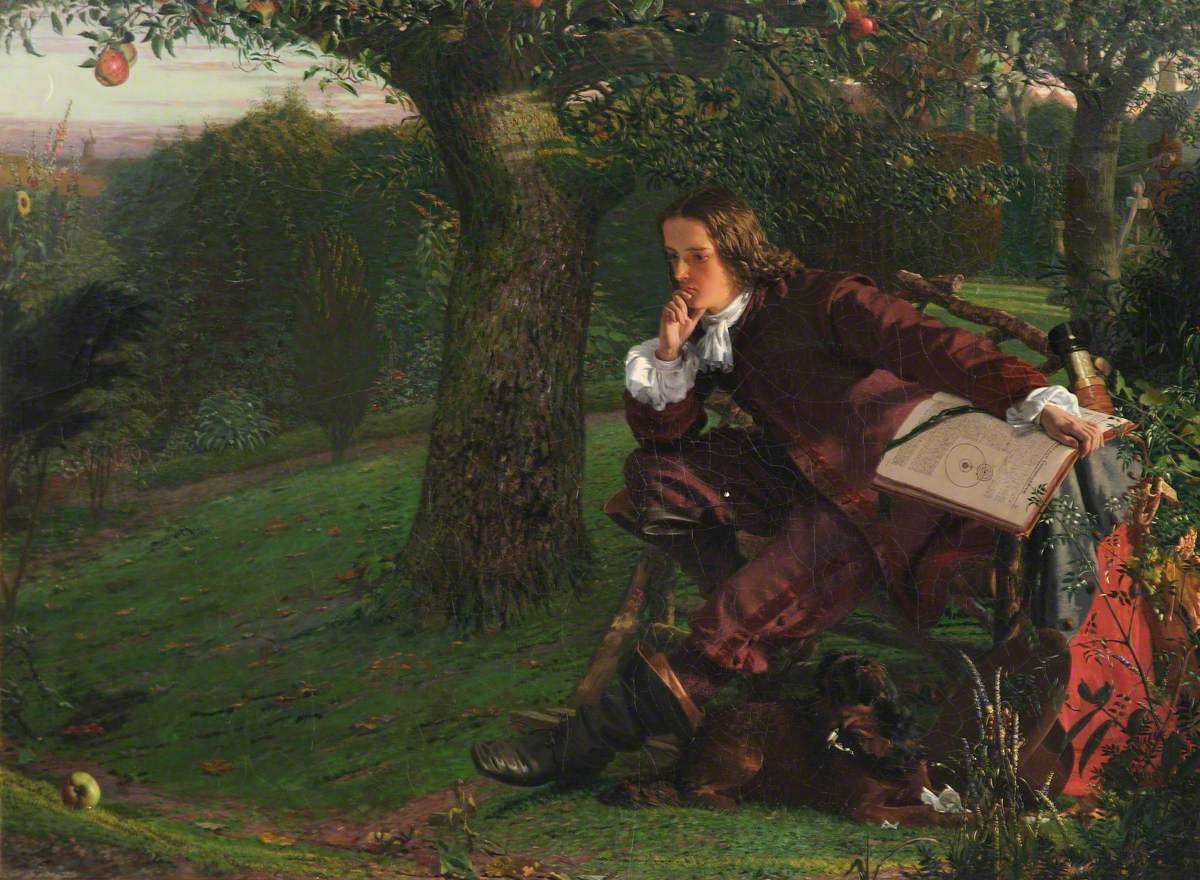


















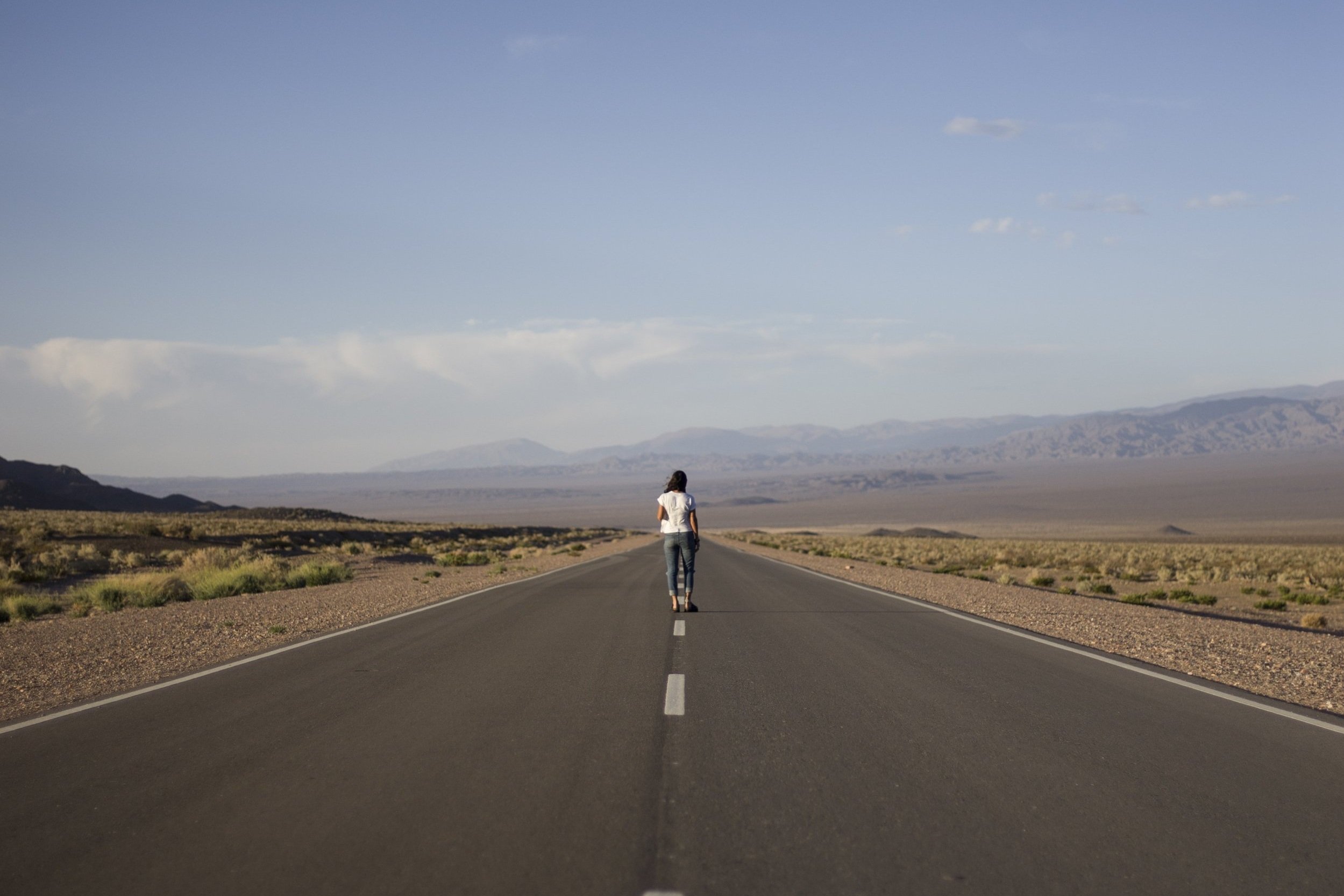



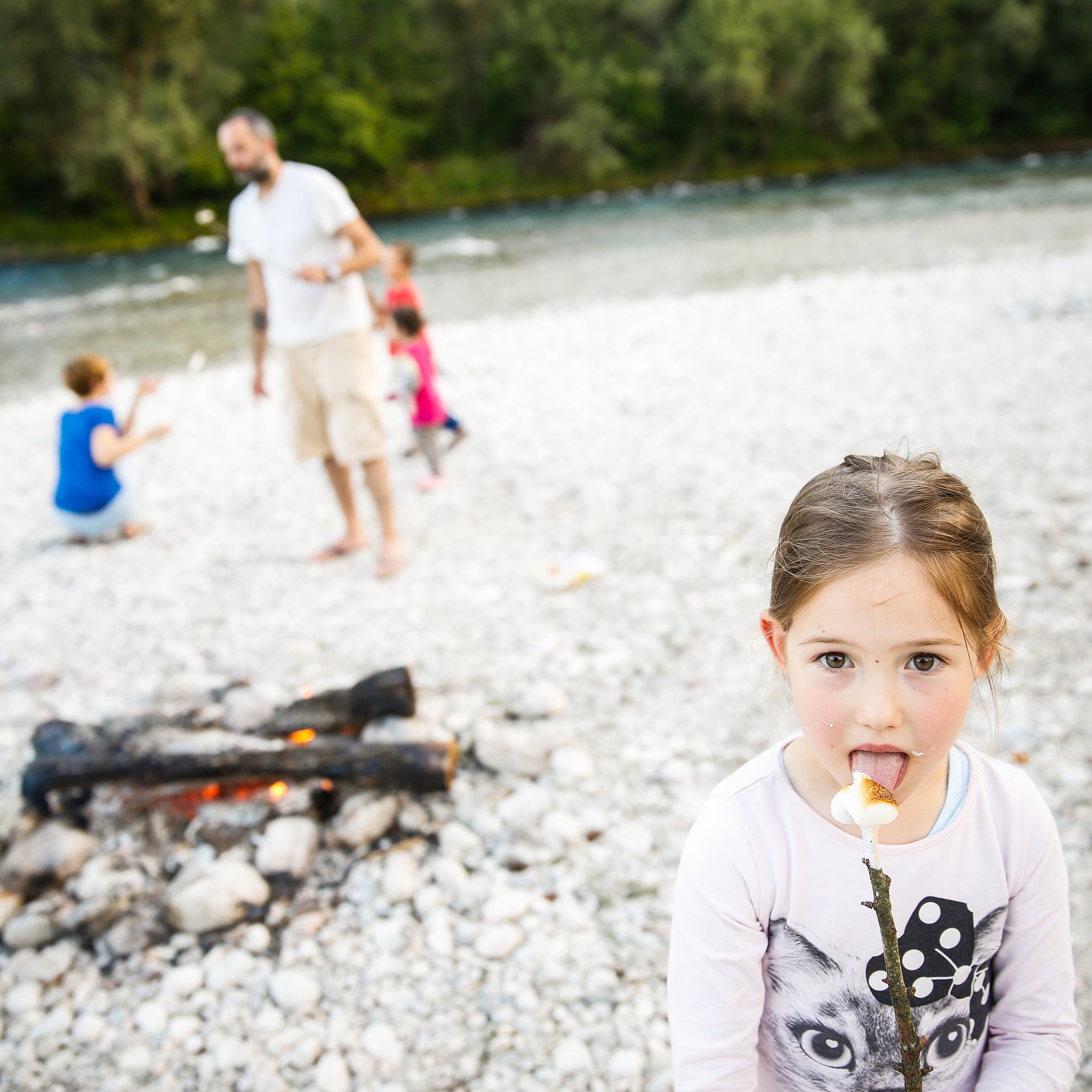



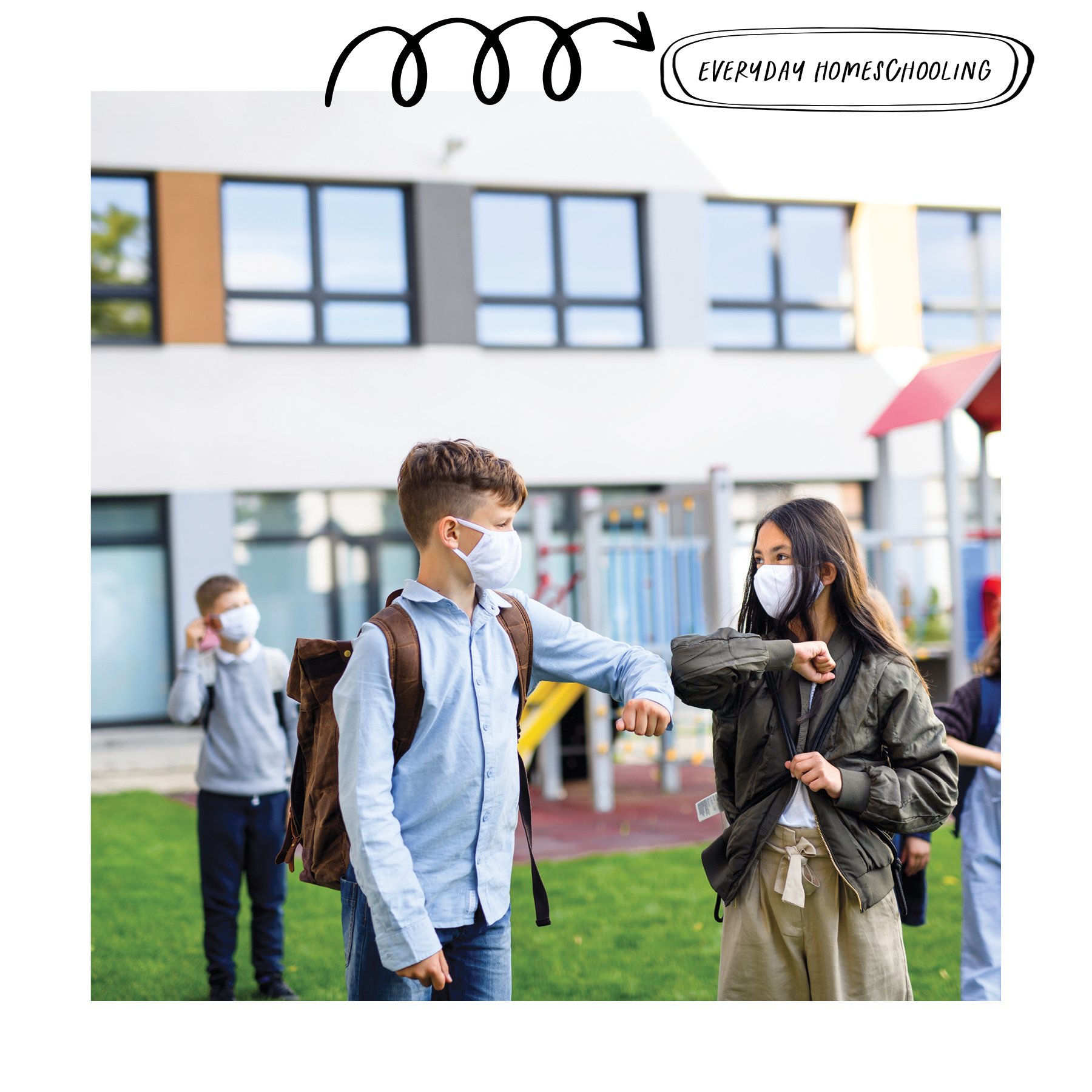

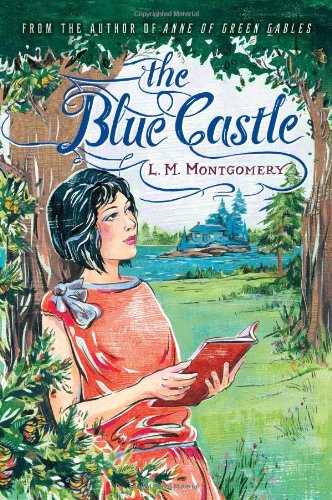




















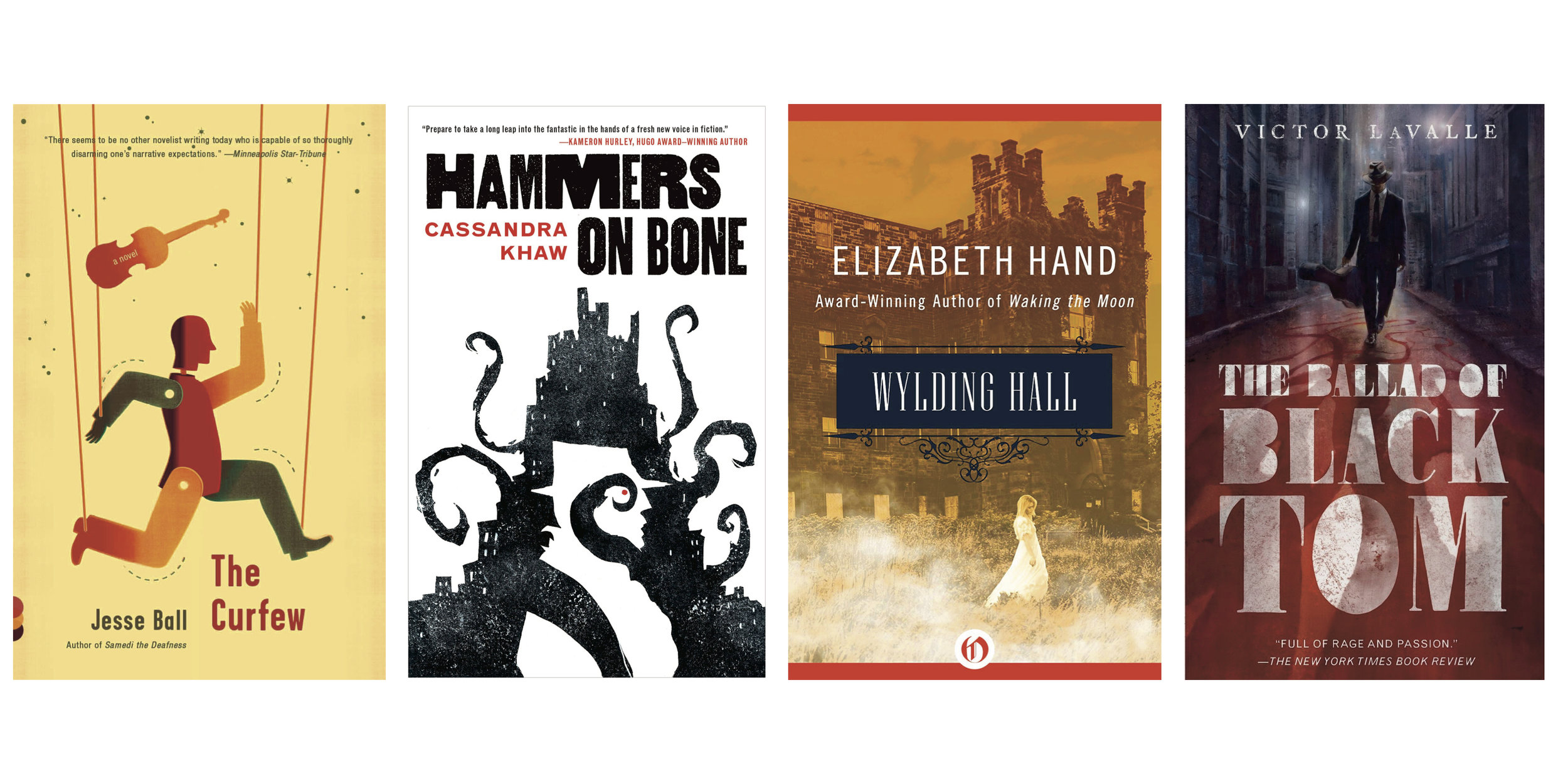






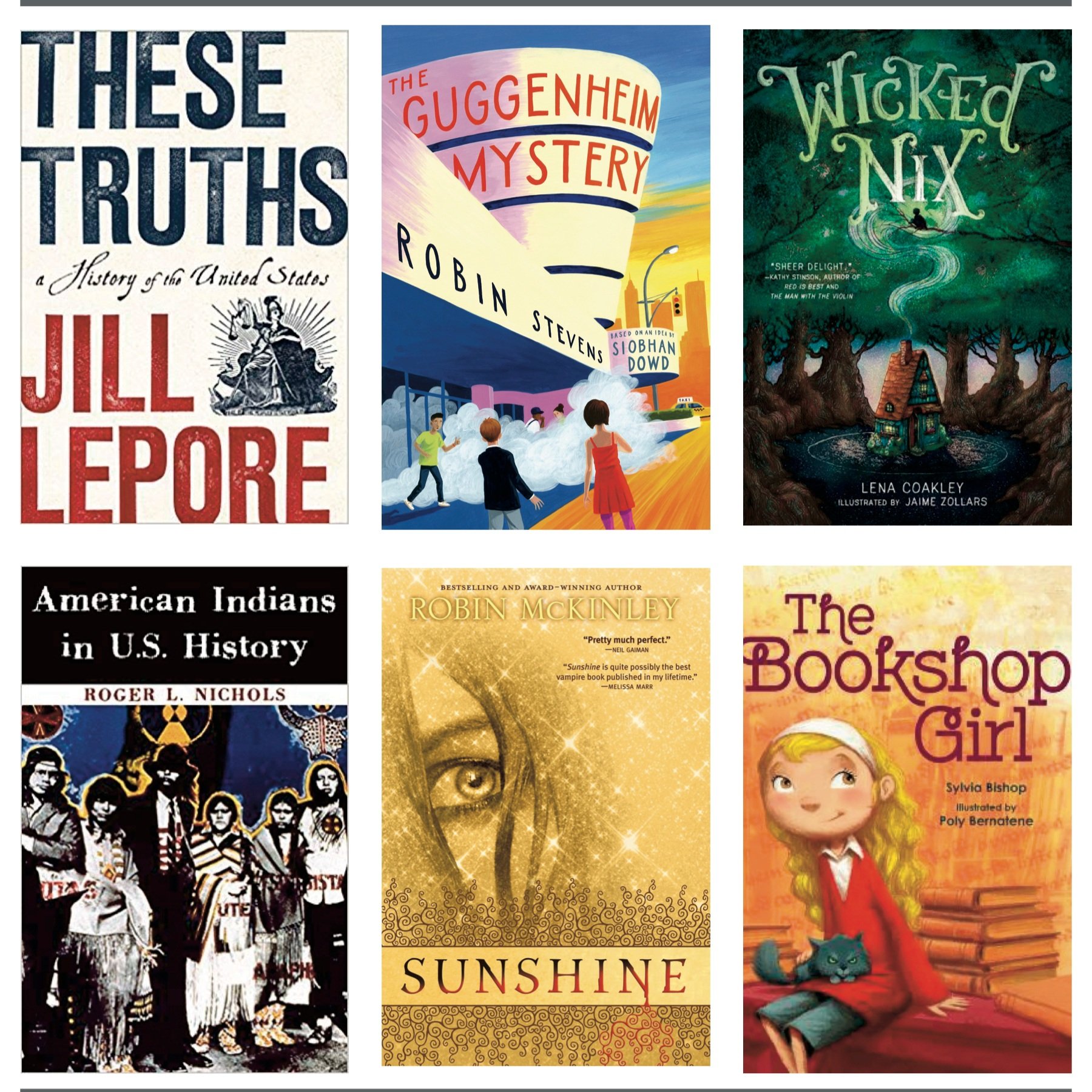

























































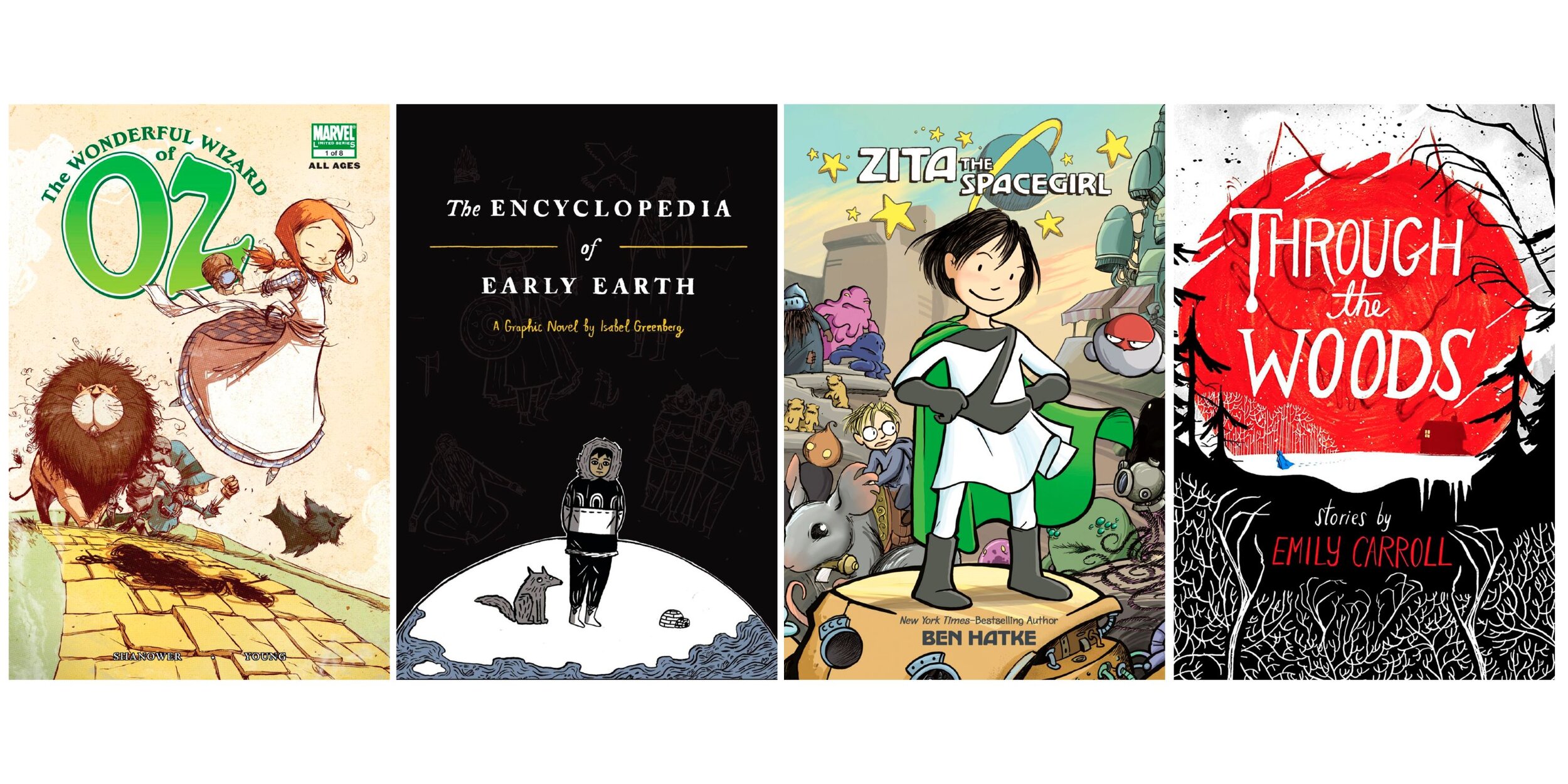











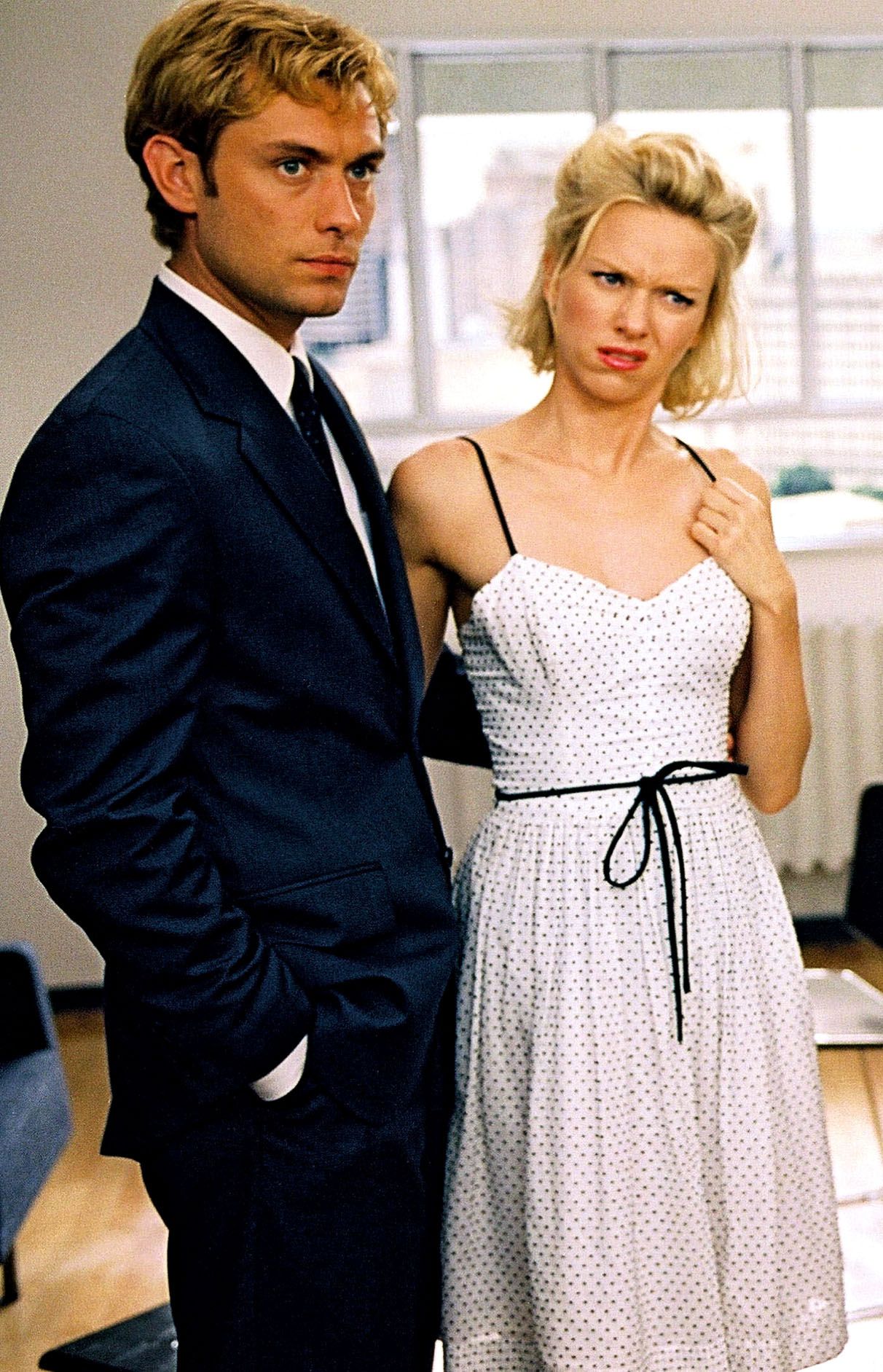





















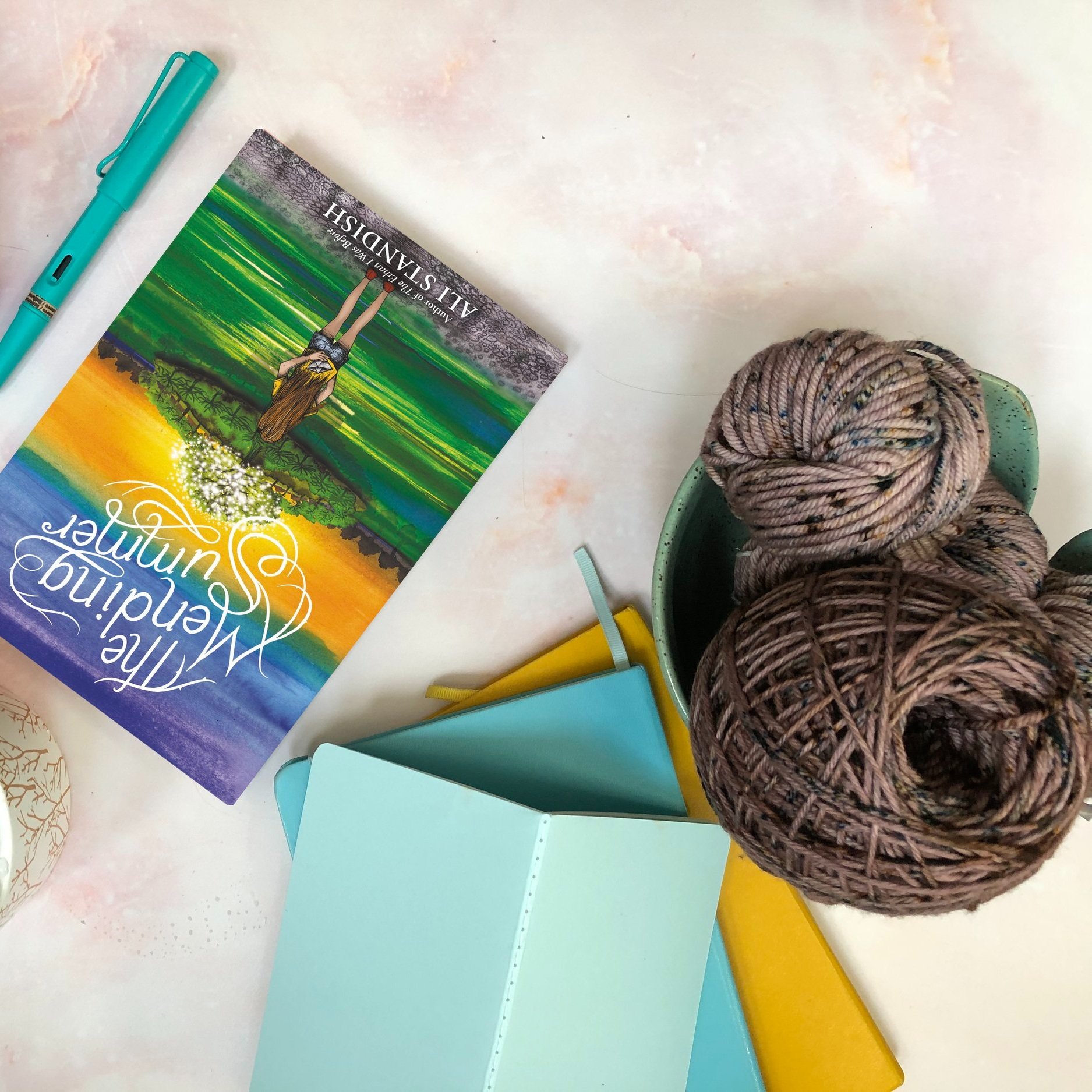
















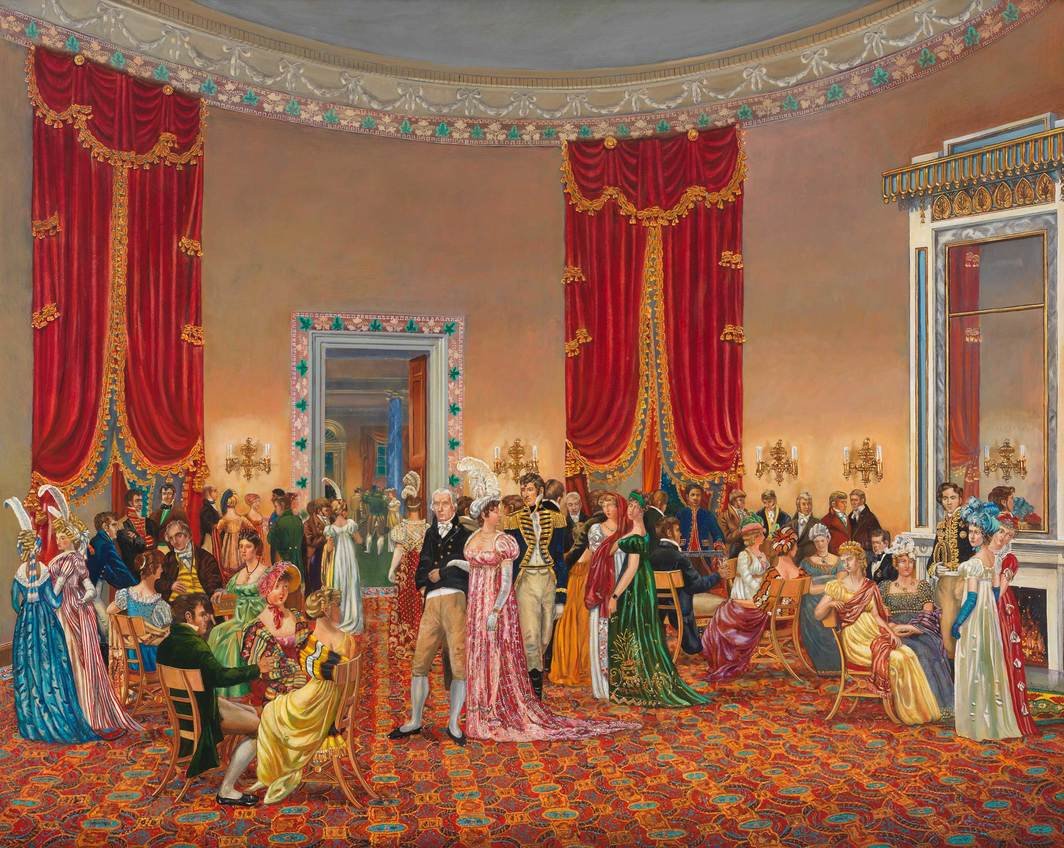









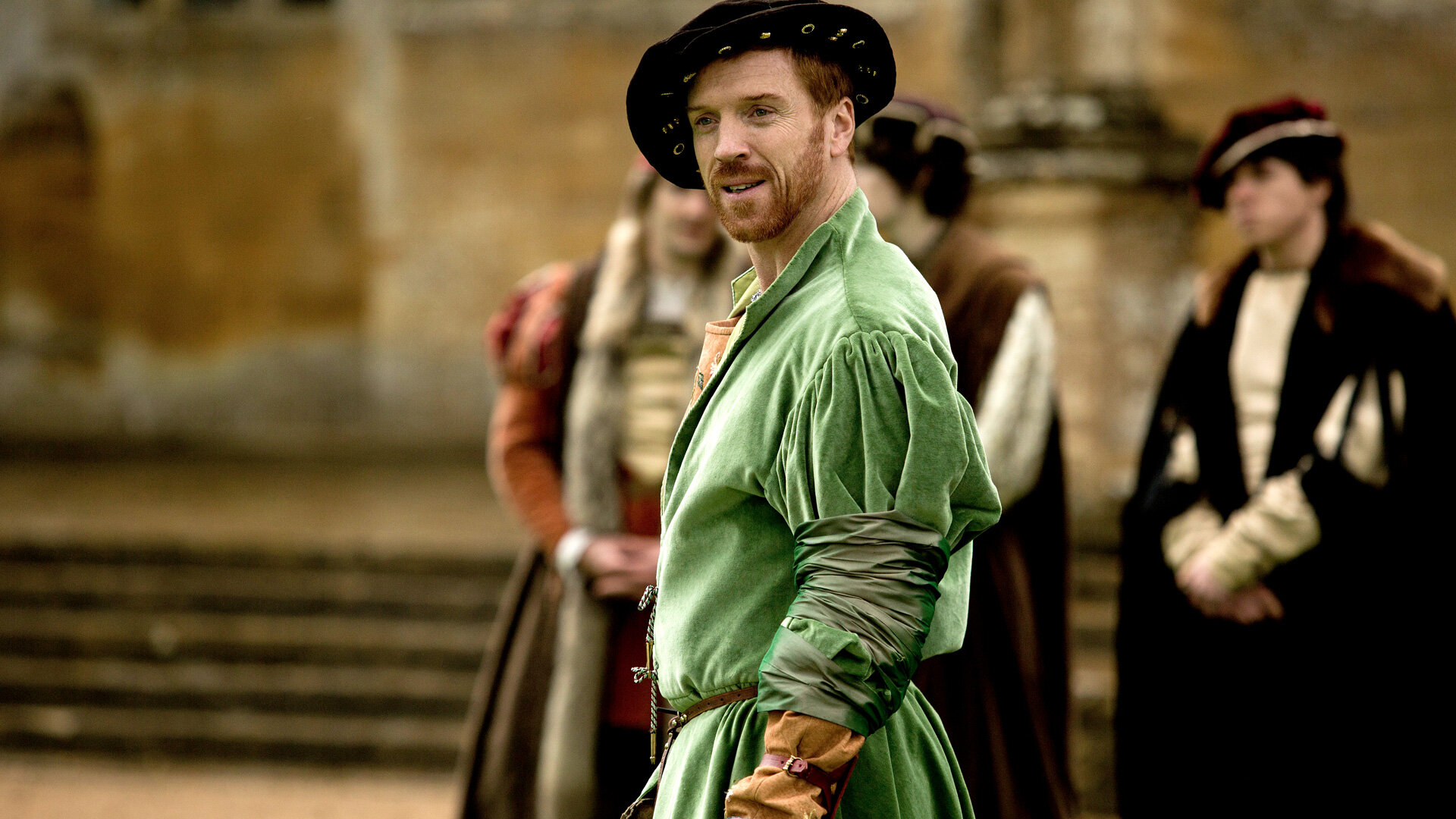

















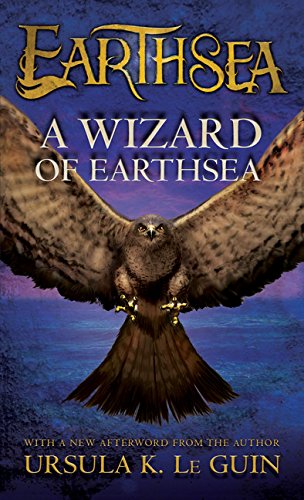








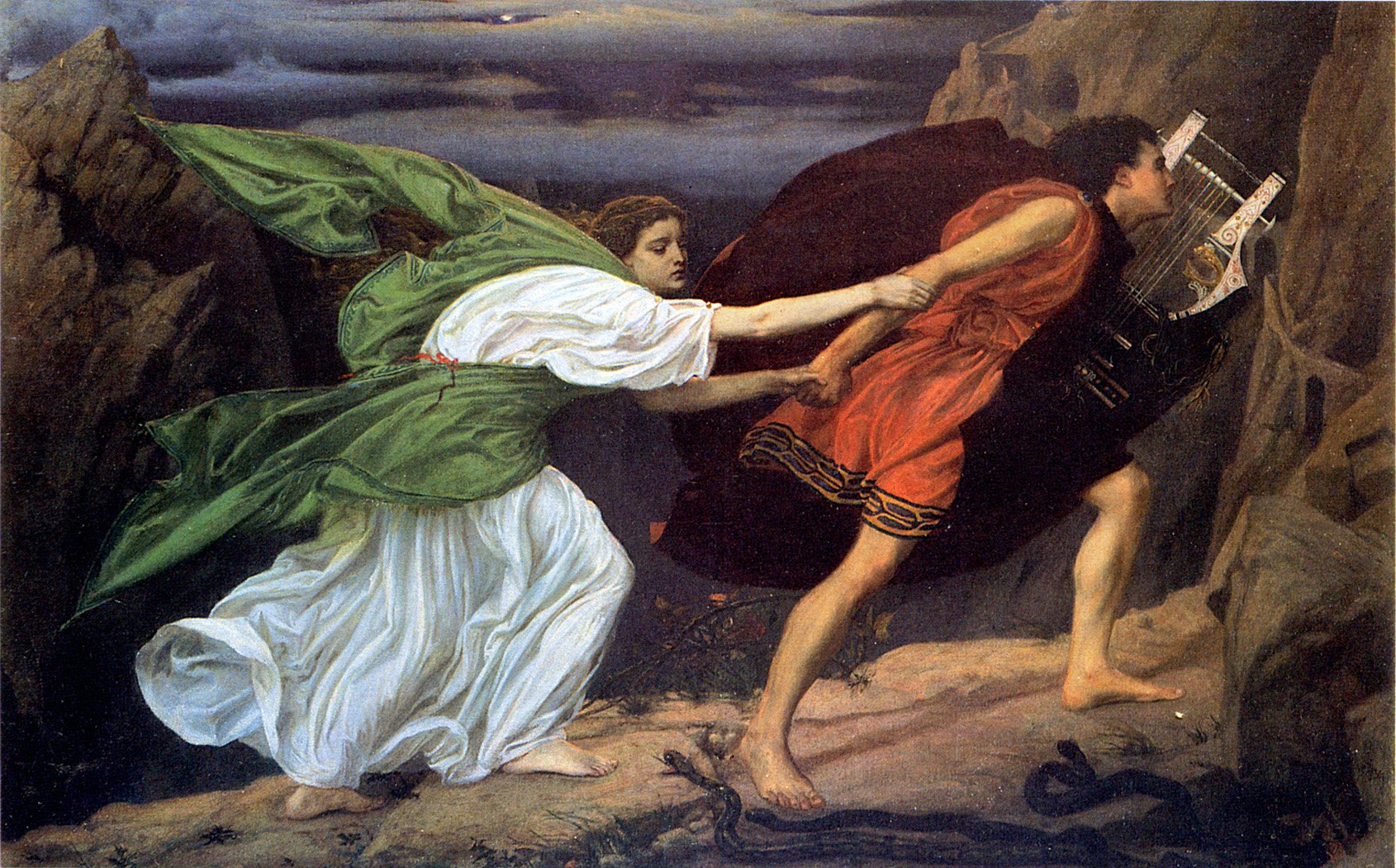
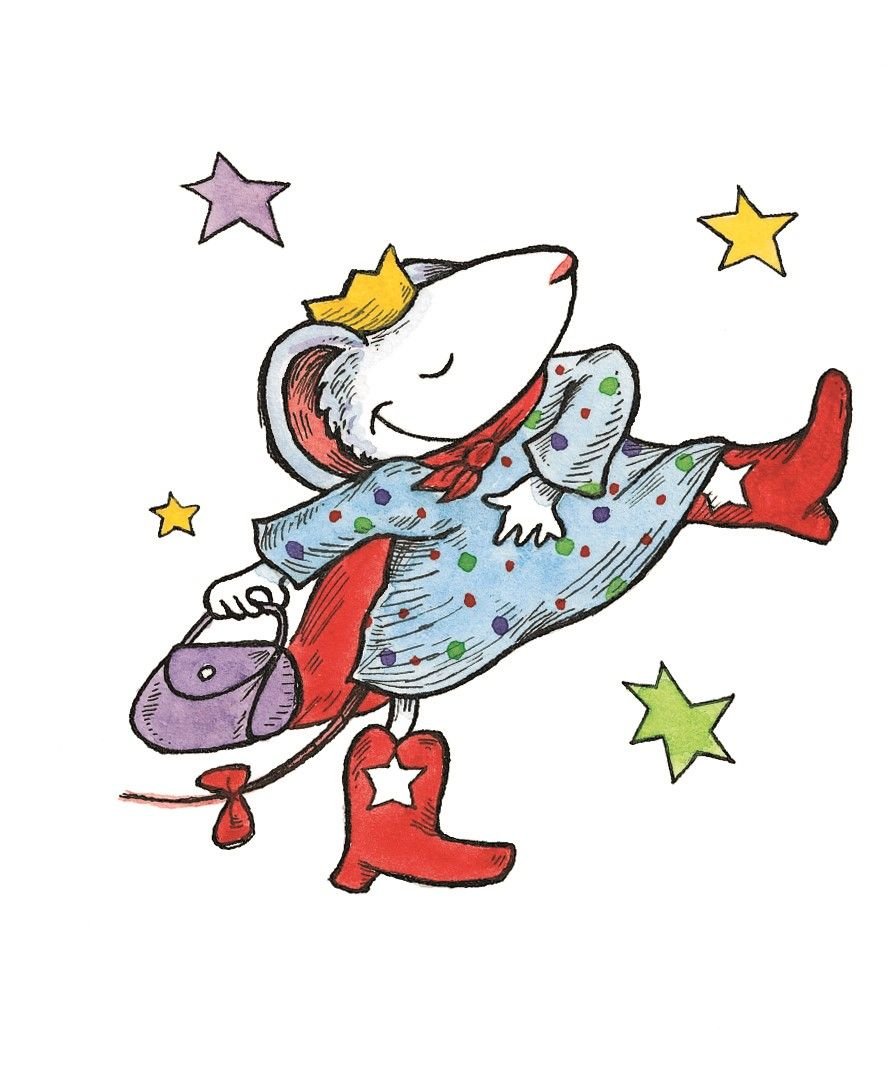
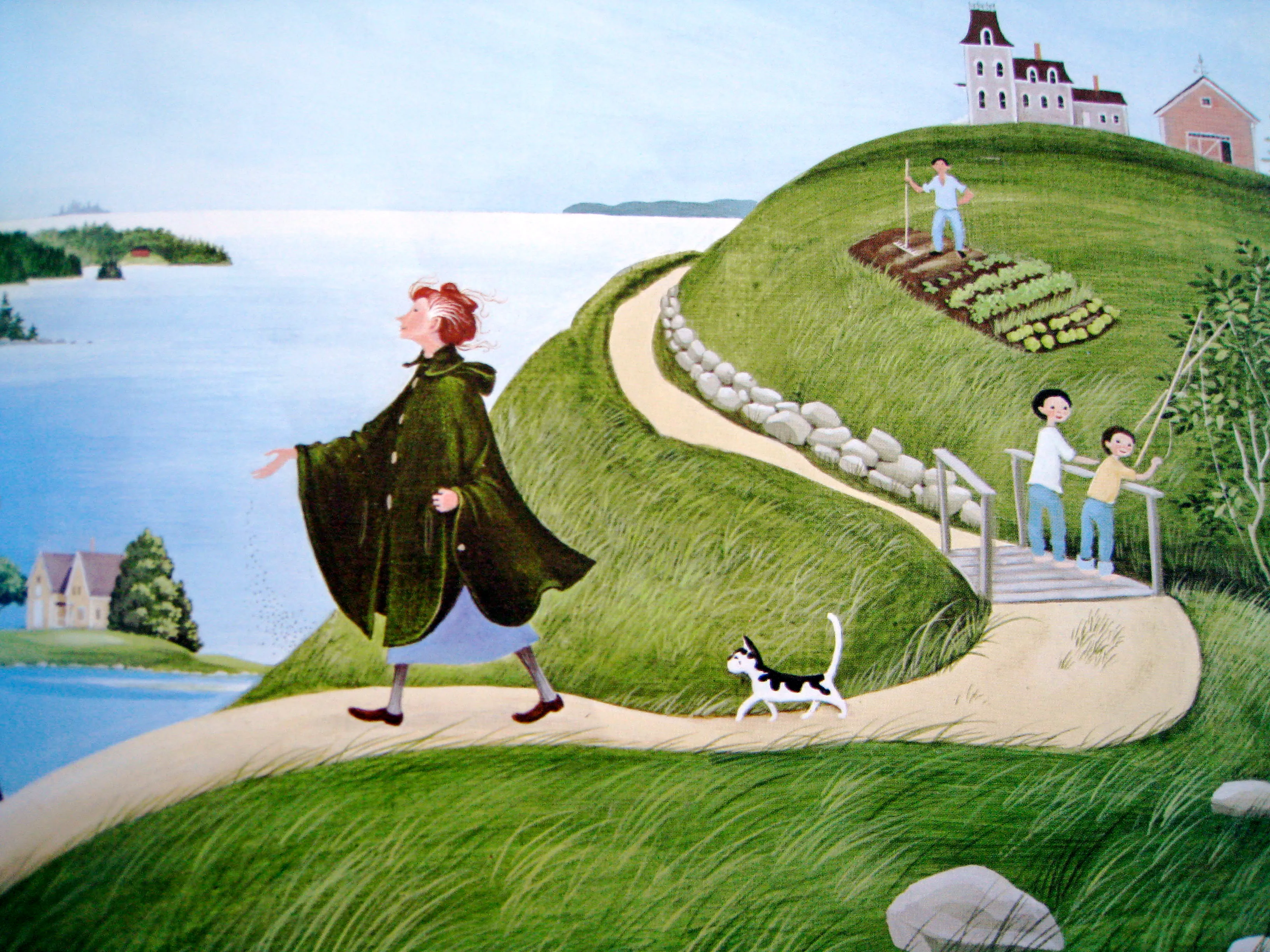


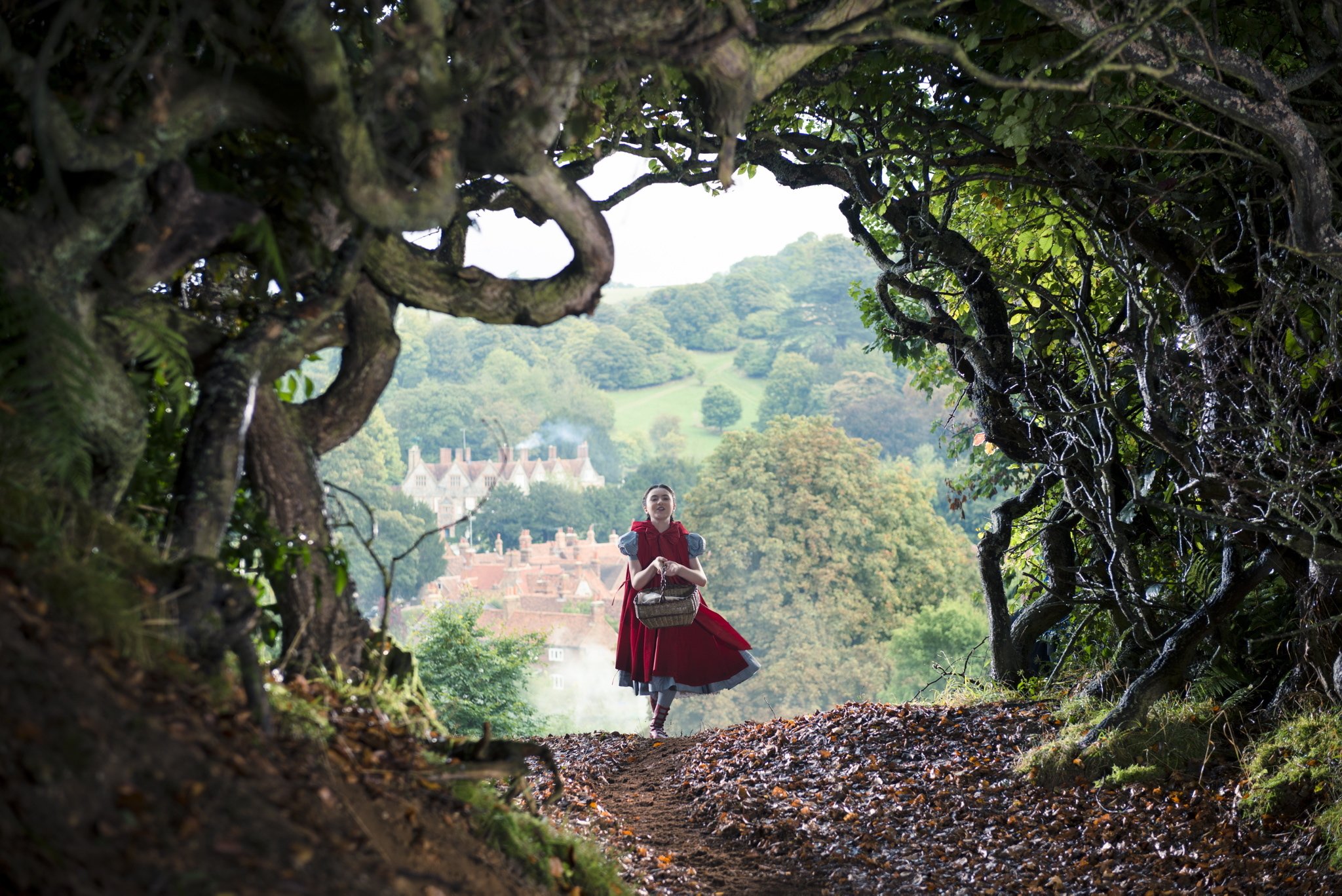
























Covid cases are spiking, and lots of secular homeschool families are still navigating social activities with extra caution. Having clear policies for homeschool co-ops and get-togethers can help all the folks in your community make the best choices for their families.